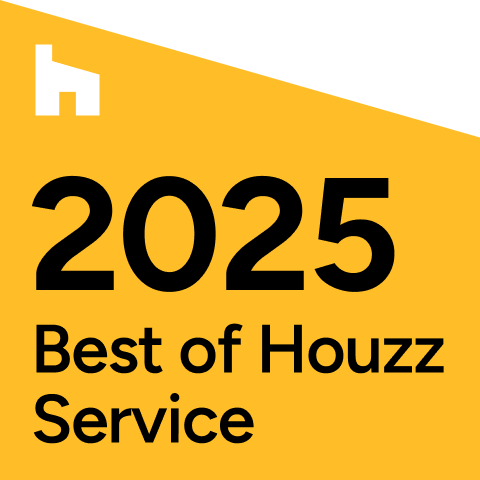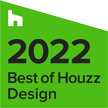


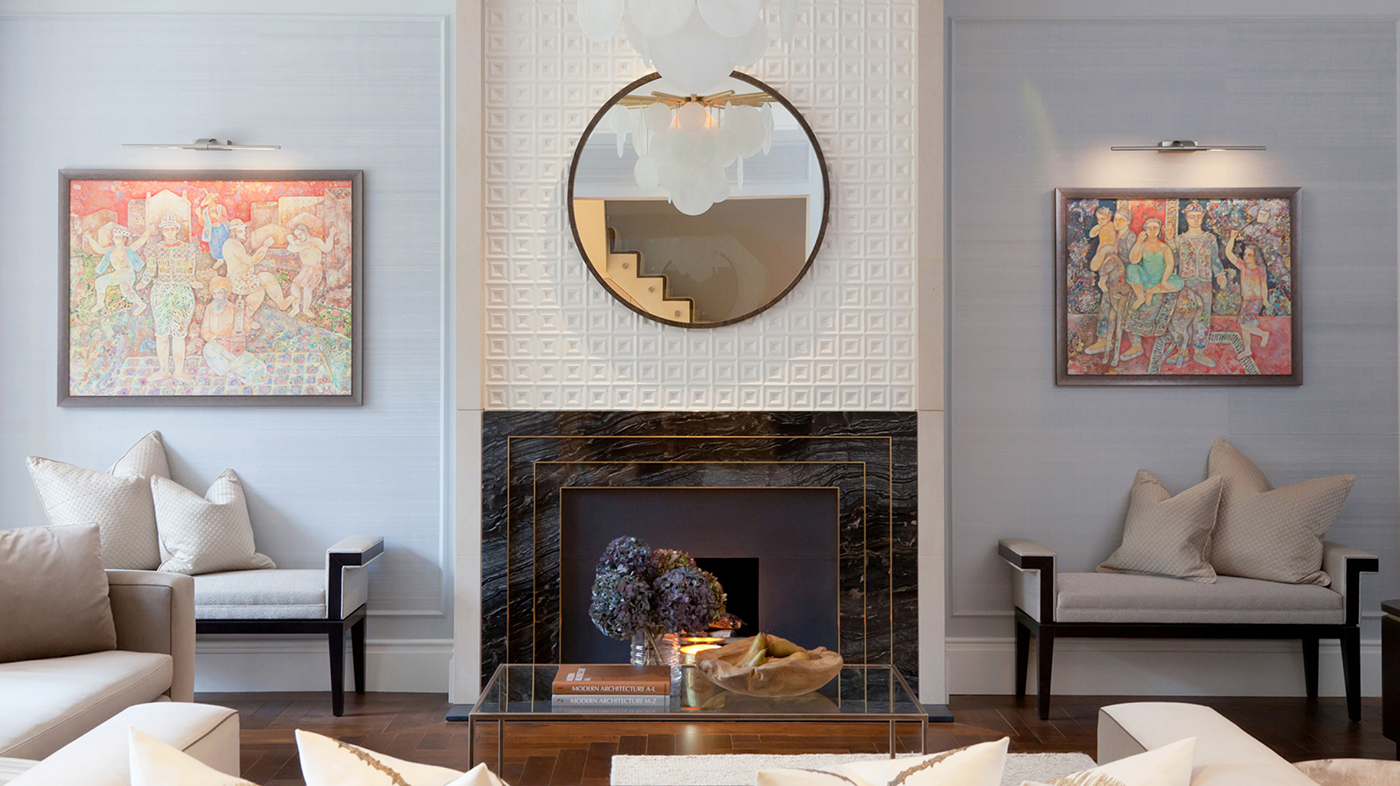

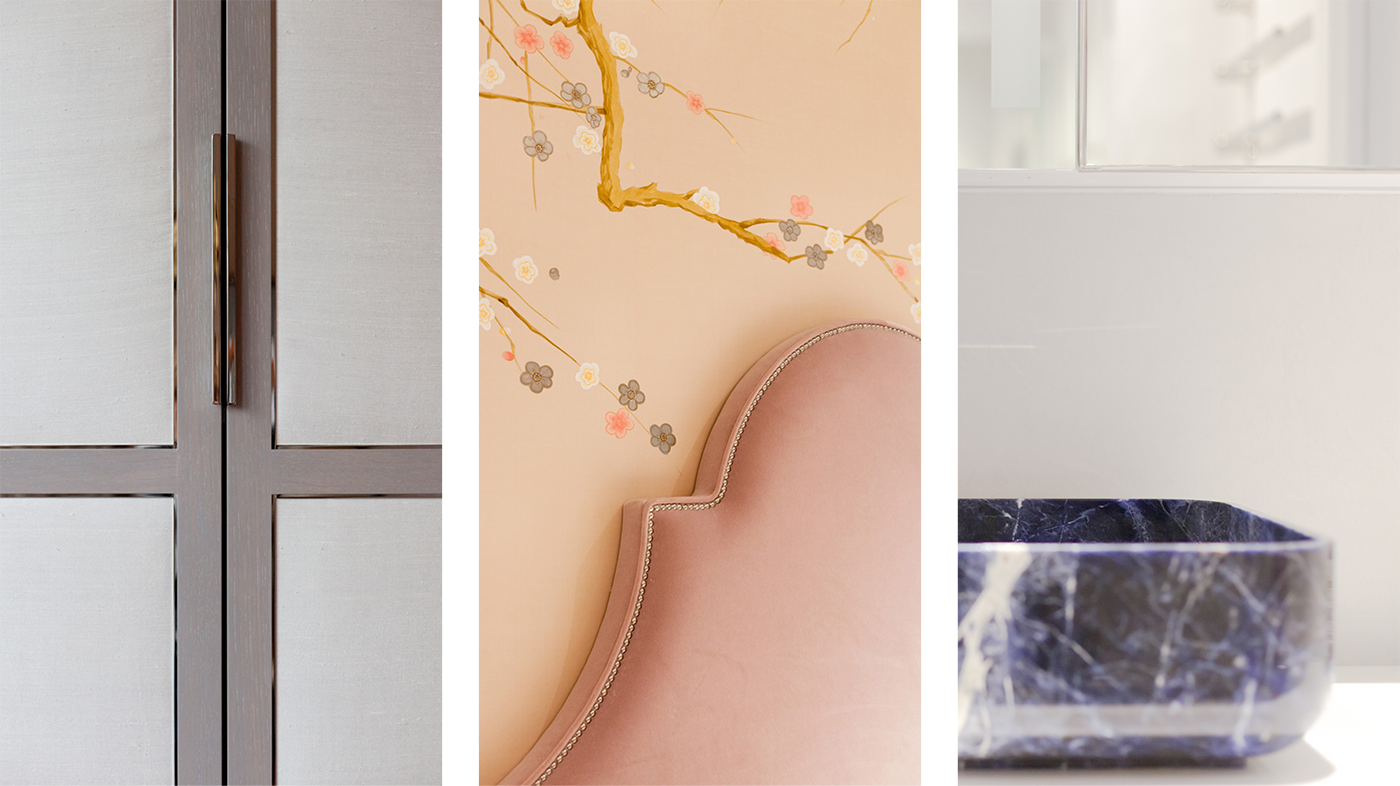
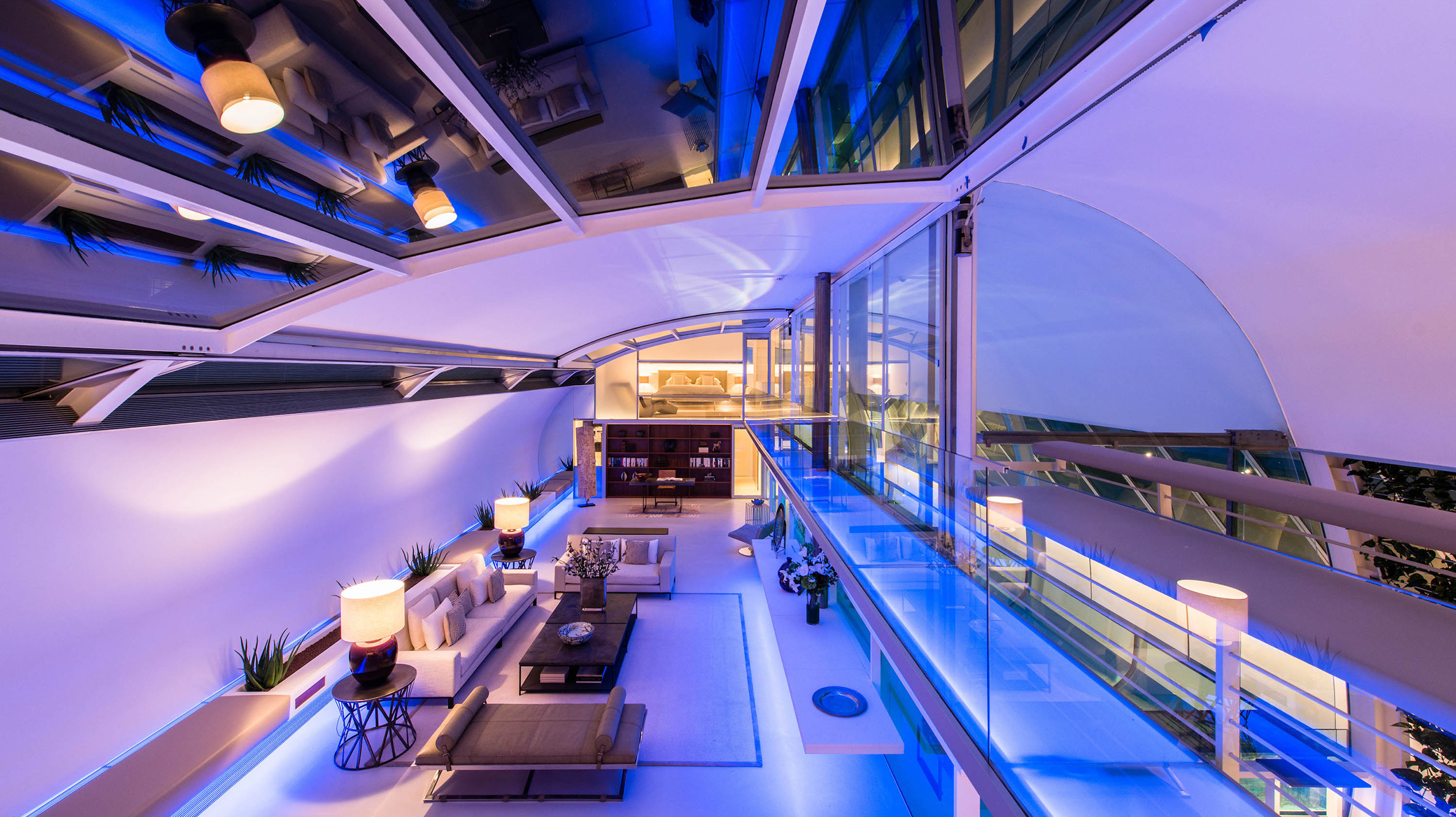
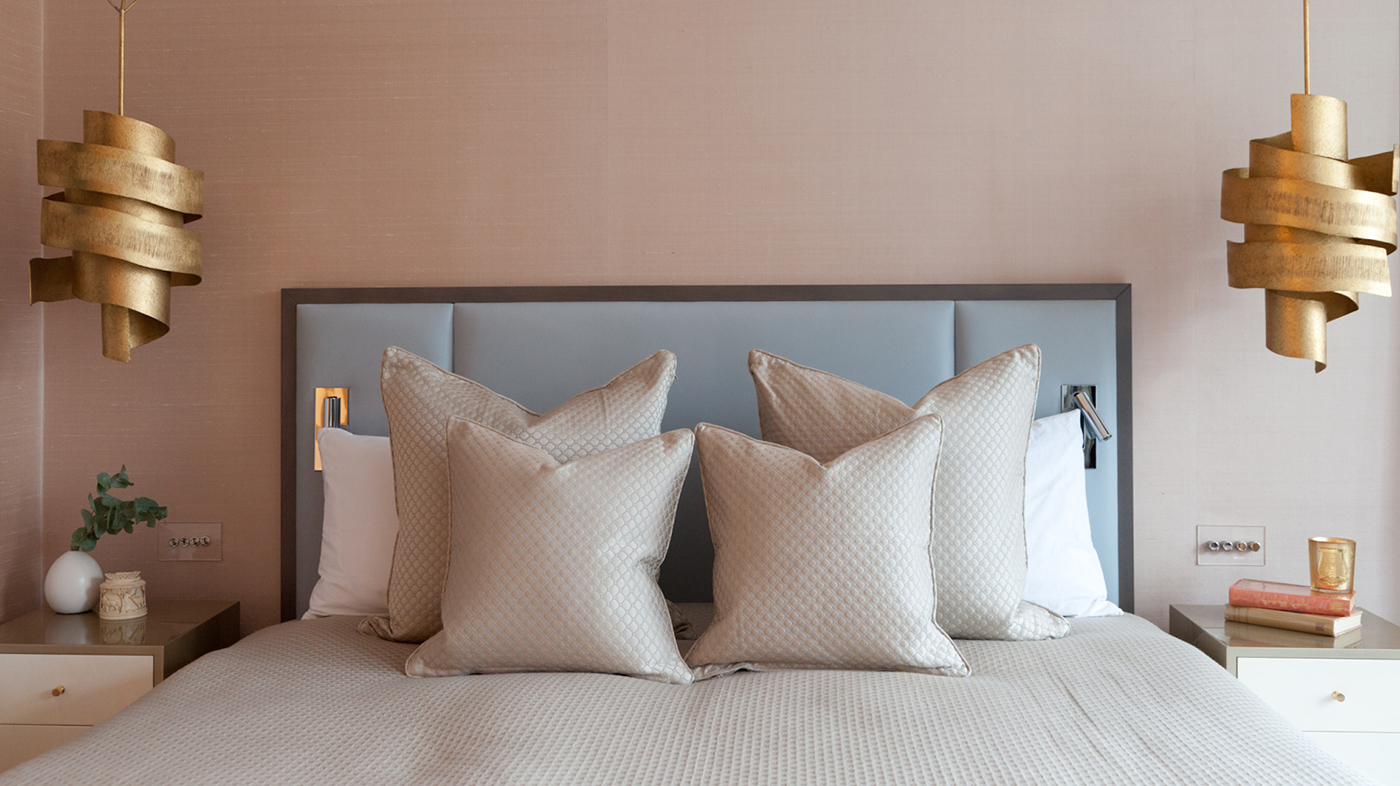
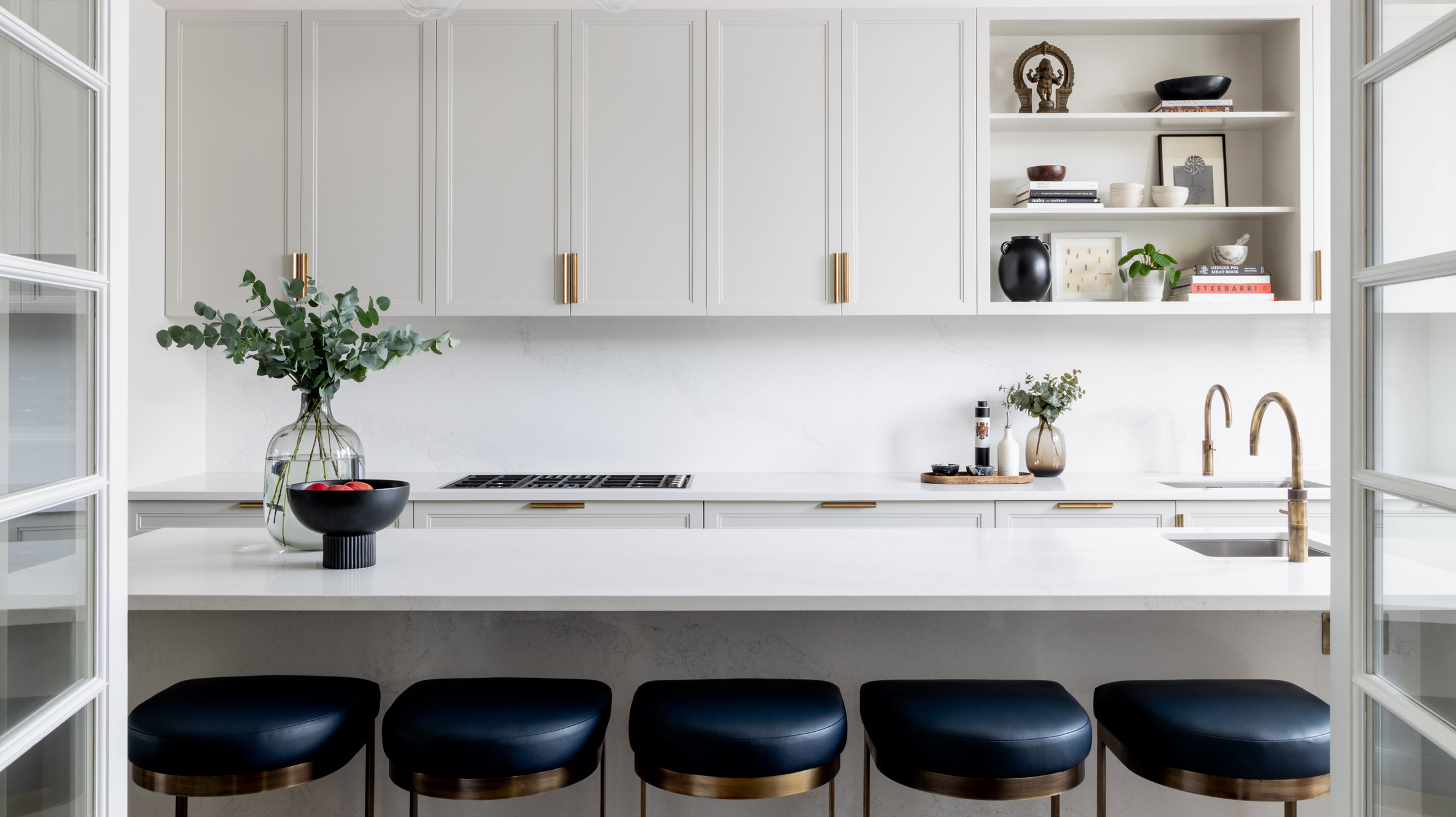
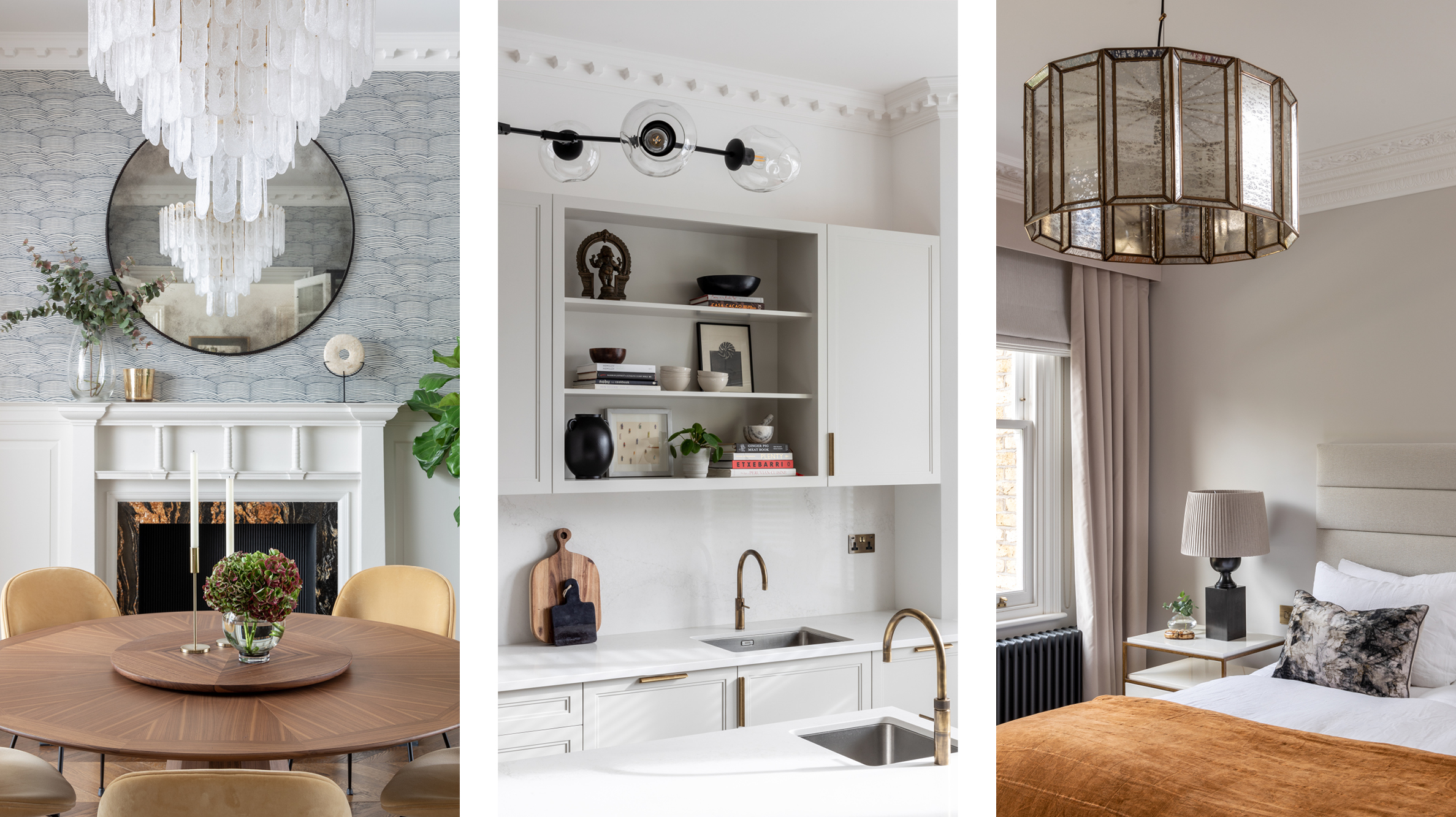




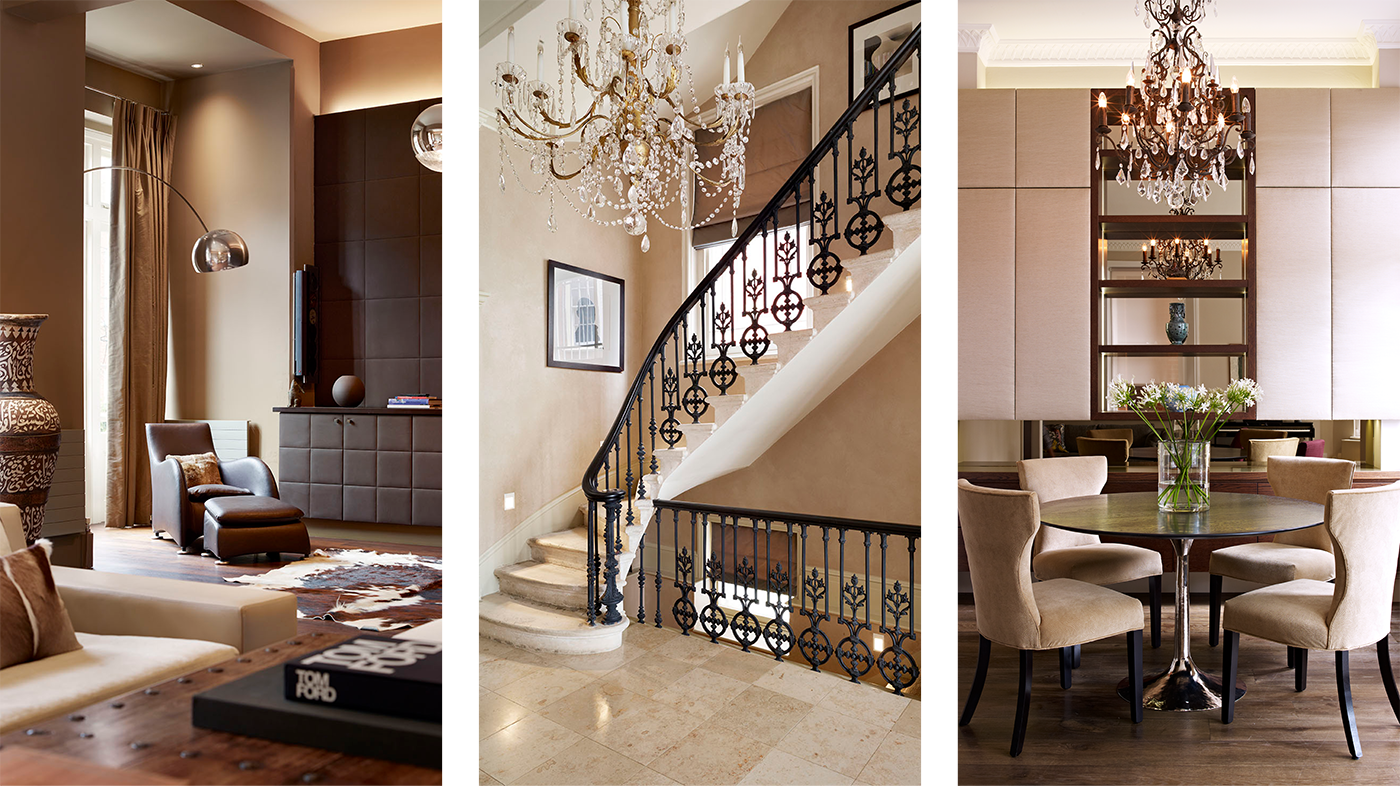
Côte d'Azur • London • Los Angeles • New York • Paris
The Art of Unexpected Discovery
At the beginning of every year, most of us find ourselves looking ahead at what the new year will bring. We set out to define our goals and ambitions and align our minds with the intentions of what we would like to experience for the coming year.
A fresh start with subtle anticipation of those unexpected surprises that tend to shape our lives with meaning and context are planted like seeds in our minds.
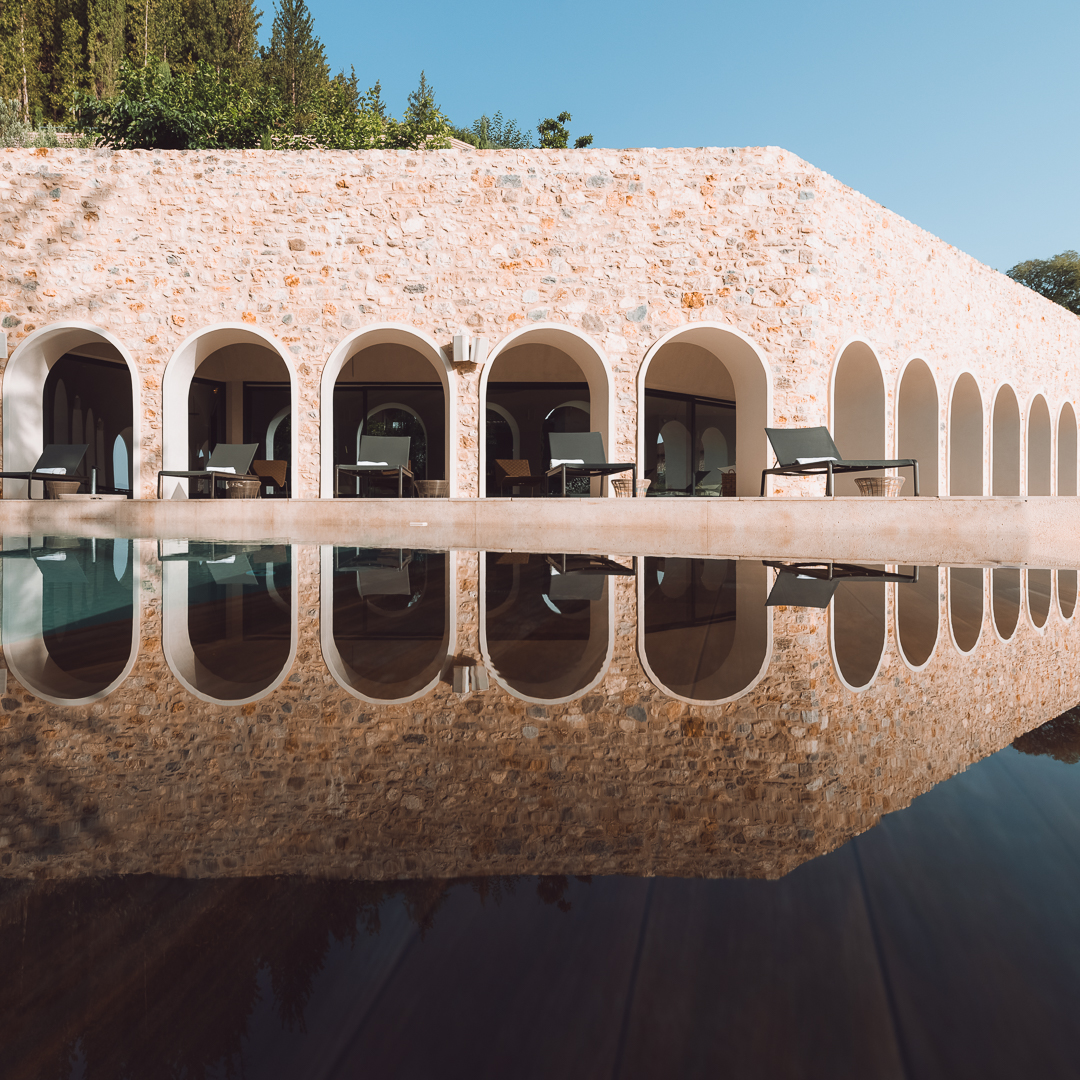
@Courtesy of Euphoria Retreat
On the Peloponnese peninsula of southern Greece, a mythical and historically rich area on the Mediterranean, Euphoria Retreat is nestled in the serene countryside dotted with olive groves, authentic villages, and pine forests.
A magical landscape where the symbiotic relationship of nature and culture is present, Euphoria Retreat is an idyllic place that inspires profound reflection of the depth and meaning of the intimate relationships we have with our physical environments.
Our relationship to the spaces we inhabit is something we experience on a daily basis, yet for most its a dynamic that goes unnoticed until we visit certain places that are awe-inspiring.
We seek to be inspired, surprised, and impressed, yet our day-to-day routines tend to produce feelings that are predictable, safe and familiar.
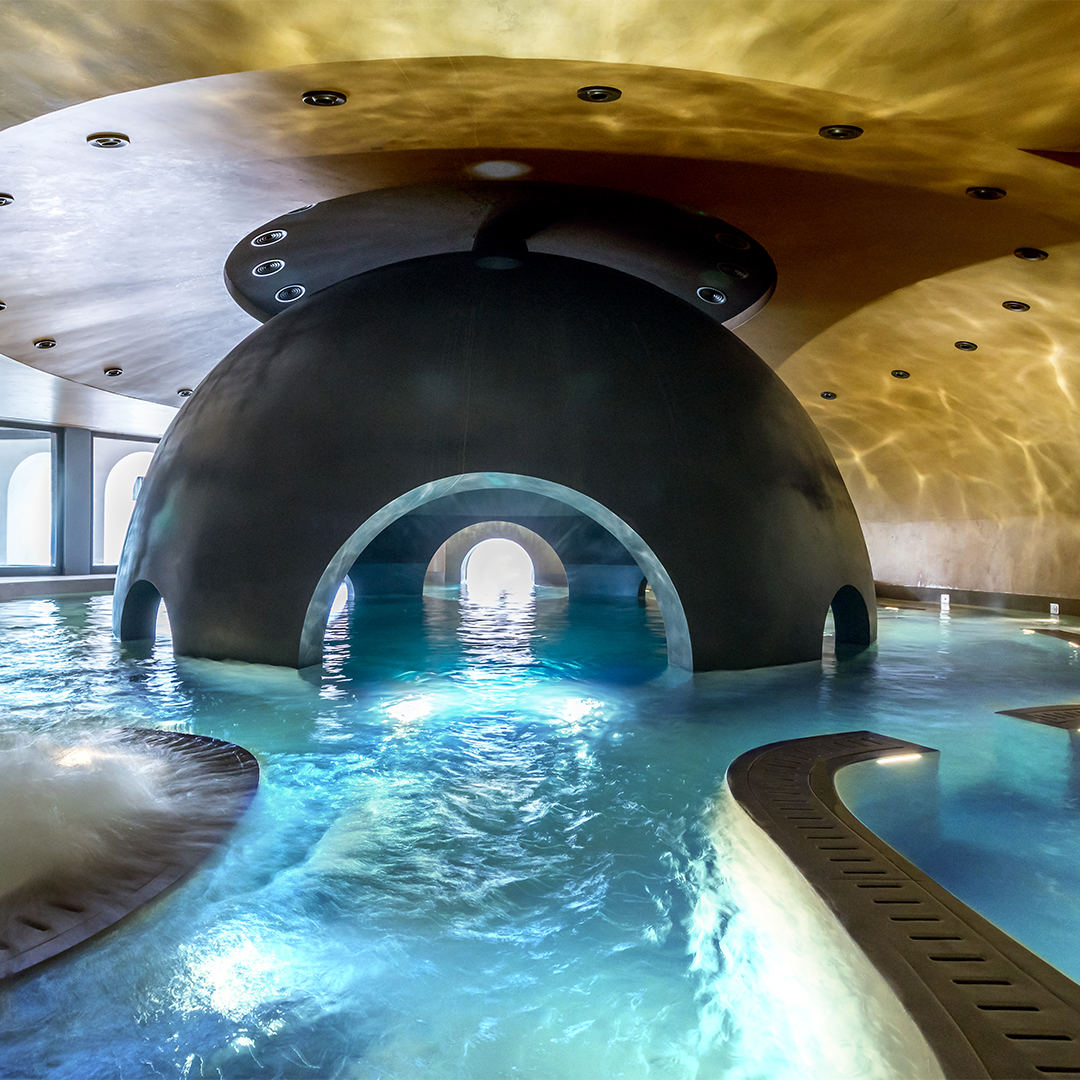
Sphere pool. @Couresty of Euphoria Retreat
The Greek quote in Euphoria’s literature succinctly sums up the idea of discovery, “If you do not expect the unexpected you will not find it, for it is not to be reached by search or trail.”- Heraclitus
Euphoria’s organic earthy tones on the walls, the circular curvatures of the Waterwell Kneipp Therapy, or the orb-shaped Sphere Pool are designed to visually provoke meditative states of stillness and wonder which awakens all the senses.
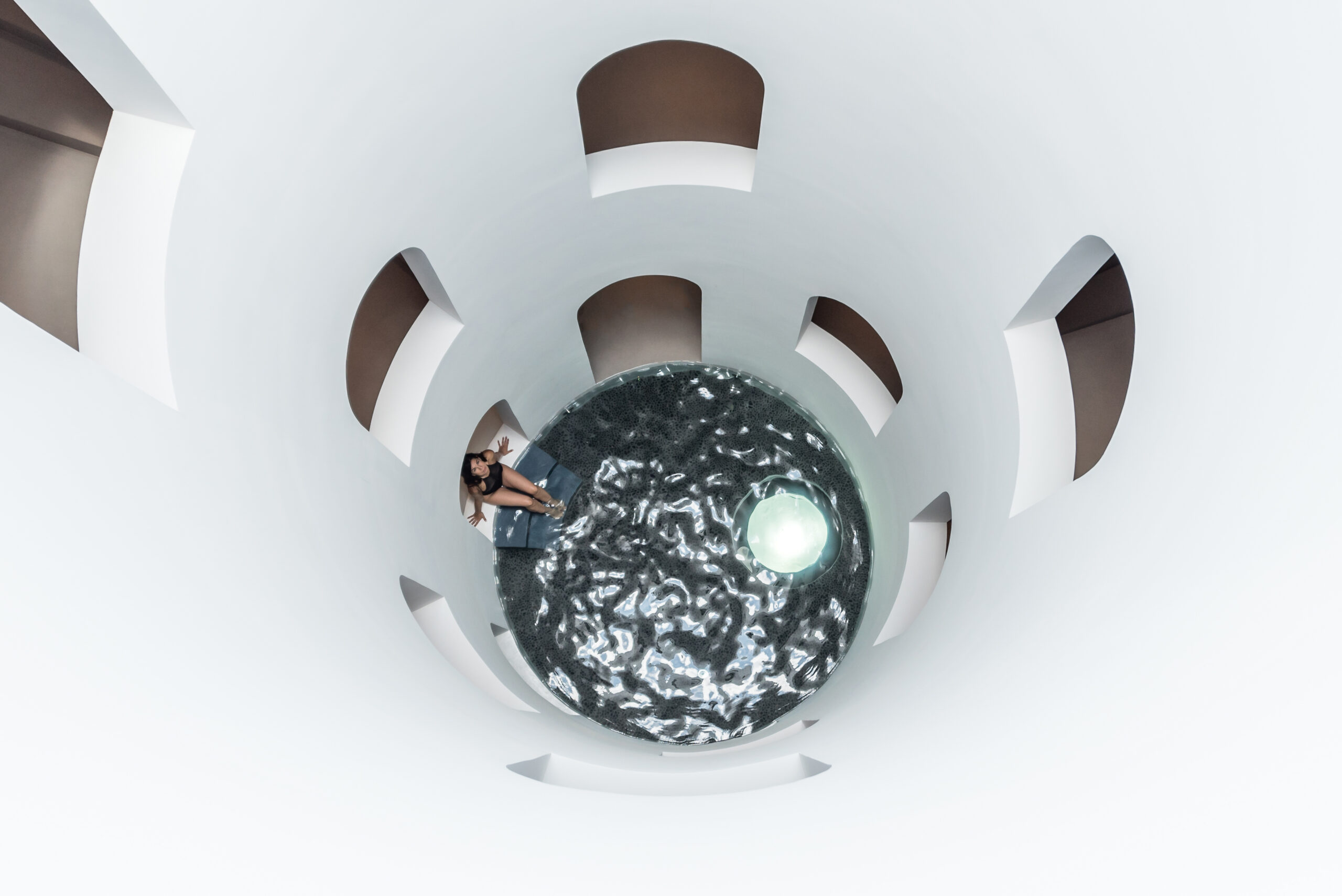
Waterwell. @Courtesy Euphoria Retreat
These spaces act as a portal into self-discovery with the euphoric feeling of being in the caverns of one’s own consciousness. A mindful introspection is almost inevitable as a sense of curiosity is naturally piqued in these thoughtfully designed spaces of healing.
A Subjective Relationship to Colour and Space
Apart from the sense of discovery through spaces, colours have the psychological power to affect our moods and evoke certain feelings. In colour psychology, colours are divided in to 3 main categories, warm, cool and neutral.
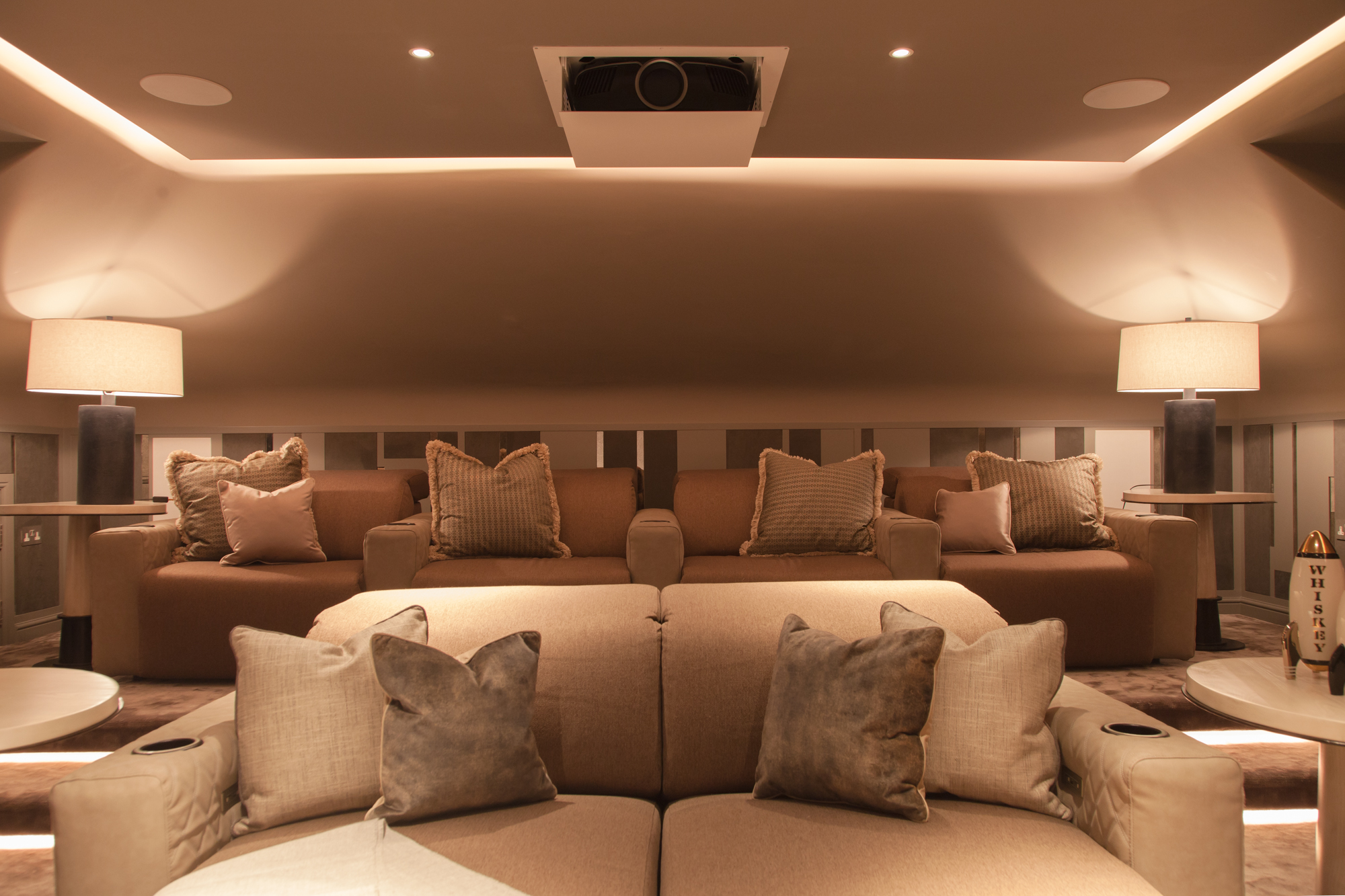
A combination of warm textures and and tonal lighting were used in the Contemporary Country House project by Callender Howorth to create a cozy and true cinematic effect for the home cinema.
Warm colours such as reds, oranges and yellows stimulate a sense of love, passion, excitement, as well as social interaction.

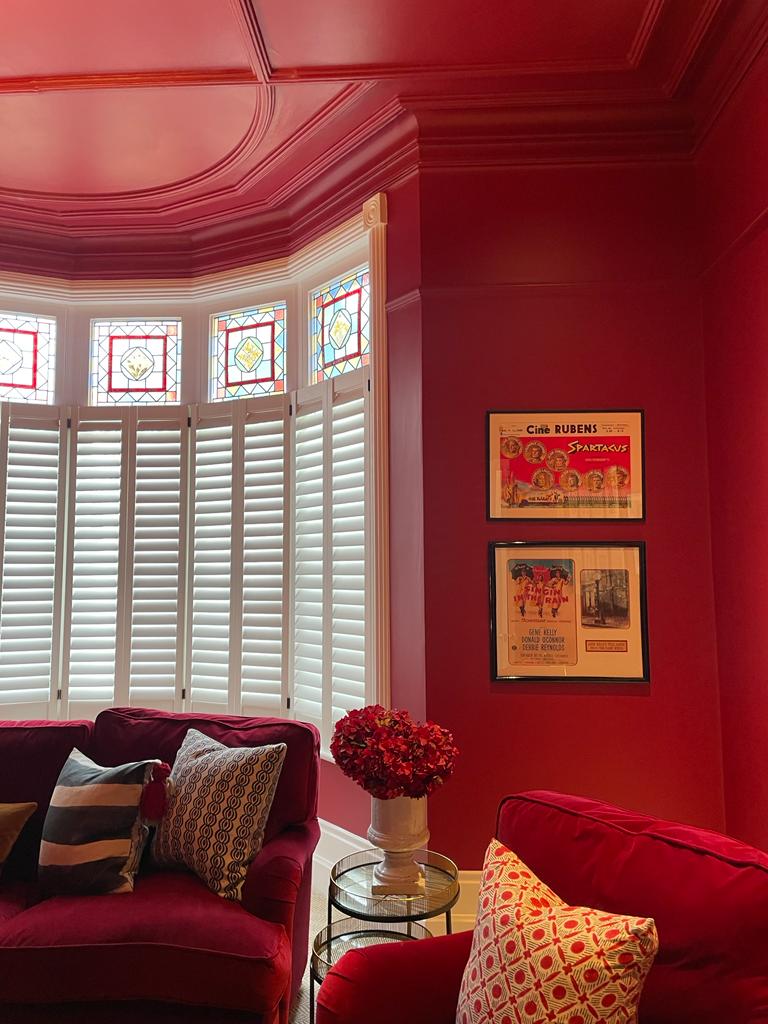
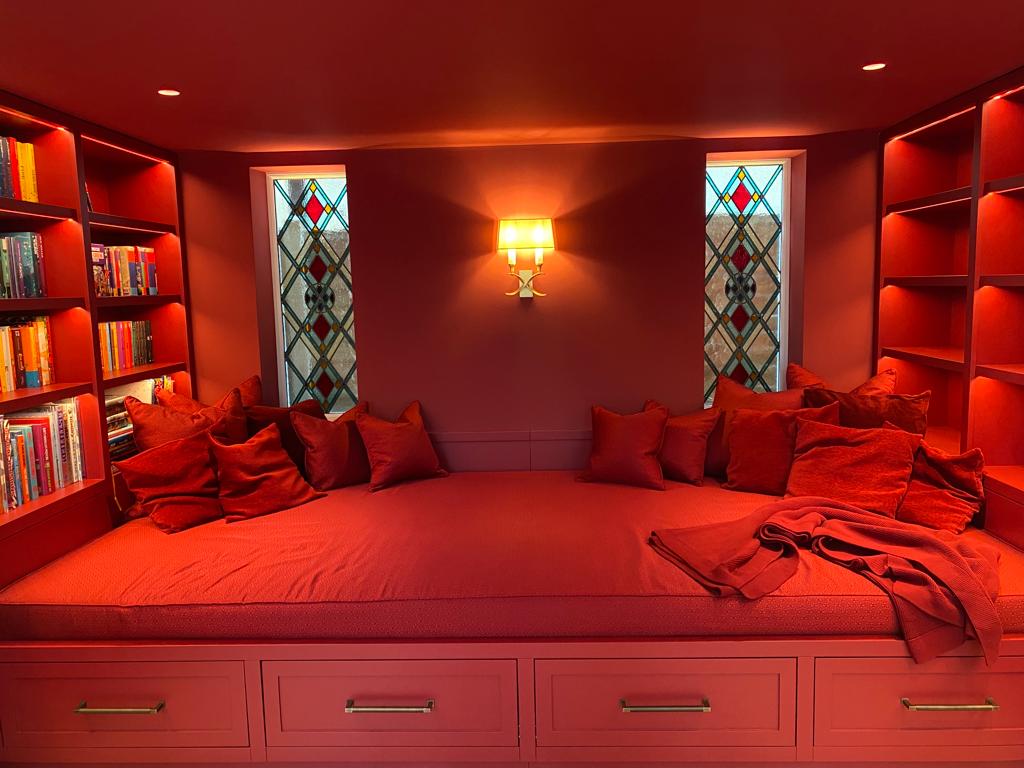
Snug shot from Callender Howorth residential project in Twickenham. Pockets of mood and colour add excitement and energy changes to our interior design .
Cool colours such as blues, greens and purples evoke feelings of calm and relaxation as well as balance, creativity, mystery and luxury.
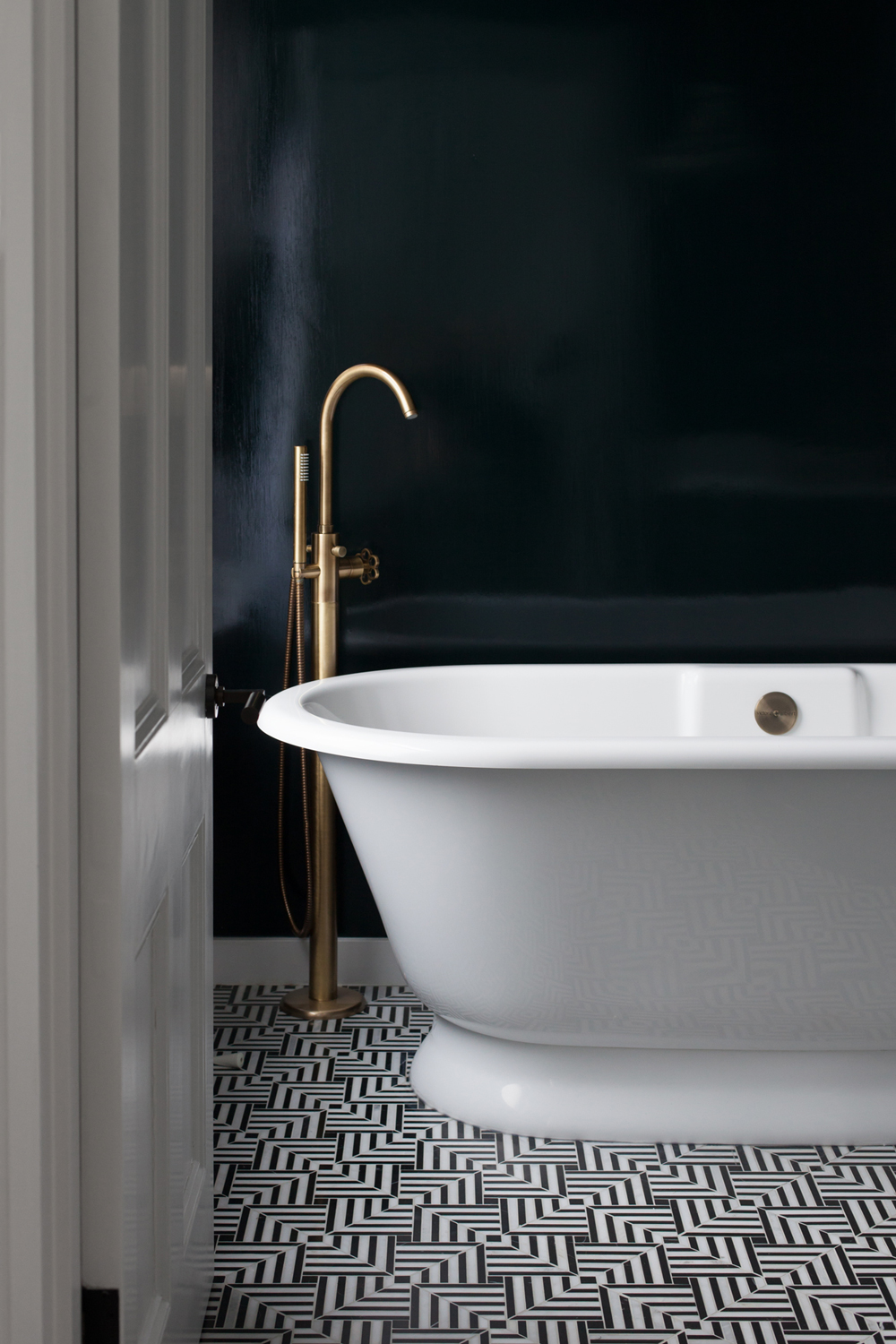
Bloomfield project by Callender Howorth
Neutrals such as white, beige, greys and black provide a sense of purity, elegance, wisdom, comfort and a natural aesthetic.

Residential project in Twickenham by Callender Howorth
Perhaps one of the most notable works of colour were by Russian artist Mark Rothko whose hazy thin washes of colour brought a different luminosity to the contrasting shades of the large expanses of colour. As an Abstract Expressionist Rothko’s signature large-scale coloured rectangles used simplified means to evoke emotional responses.
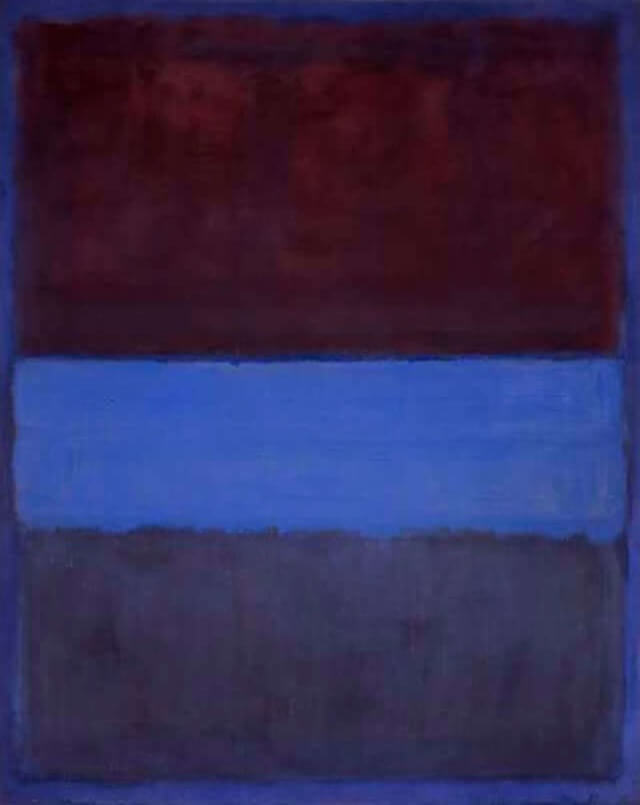
Rust and Blue by Mark Rothko, 1953 @Mark-Rothko org
The psychological sense of the unexpected is what disrupts our thought patterns and it is from this place where a new relationship between us and our environment is created.
Visual and auditory experiences become intrinsically familiar but at the same time, spatial ambiances that are distinctively unexpected unconsciously shift’s one attention.
This dynamic of shifting our attention away to something unexpected prompting pleasant, positive, comforting, and safe emotions is the basis of the psychology of space.
Psychology of space is in fact “the study of human relations and behaviours within the context of the built and natural environments” -Dave Alan Kopec
The design principles such as balance, symmetry, function, movement, and proportion are what we as designers use to invoke a natural harmony in order to evoke the mood we seek to achieve.

Salt Room, Euphoria Retreat
So going back to the concept of the unexpected aesthetic, we garner the wisdom and sympathetic value of a mindful and deliberate way to discover those parts of ourselves that would otherwise go unnoticed.
And in doing so, we appreciate the gifts and growth that come from the art of unexpected discovery.















Côte d'Azur • London • Los Angeles • New York • Paris
Journeys in Time
A personal message from Mark Howorth
As we find ourselves amidst the holiday season, I find myself thinking about the significance of time, particularly our journeys in time.
The holidays mark an intentional moment to celebrate a year of life, and it certainly comes with all what may! We celebrate personal and professional successes, cherished milestones, new dreams and discoveries, and the musings of forgotten memories, welcoming a new life or the passing of a loved one.

Such is the case for myself as it’s been almost 2 years since my fathers passing, yet it still seems like yesterday we were together in the south of France enjoying the cafes and driving along the beautiful coast of the Cote d’Azur.
A place that was so dear to my fathers heart and where I spent my childhood summers going to all the provincial beaches with my family and sailing on the beautiful Mediterranean.
These memories warm my heart.
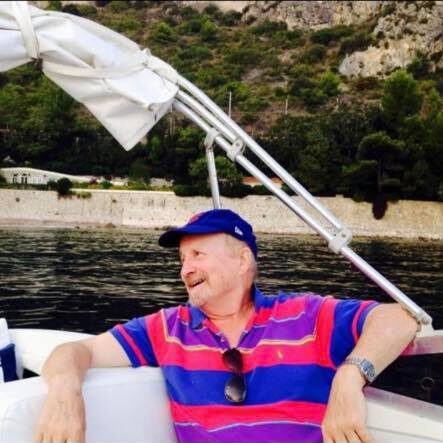
John Howorth
Life’s dual nature of beauty and chaos tugs on my emotional heart strings as such memories simply makes me miss my loving father even more. Yet I am comforted by the thought that I always carry his presence in my heart.
Our hearts, the space within us where all our stories are deeply felt.
We seek the stories whose framework will inherently hold the context we seek to describe. The story within us that is wanting to emerge and reveal itself as we live each moment in the unfolding of our journey in time with each other.
By sharing this vulnerable aspect of ourselves, we connect on a deeper level of compassion and kindness.
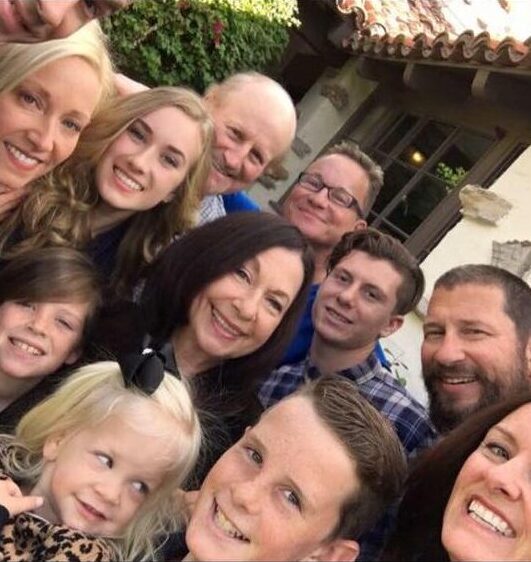
The Howorth family.
We relish in our funny stories, embarrassing moments that make us laugh until our bellies hurt, as well as find comfort in the moments that call upon our emotional reserves of resilience and courage when we most need a shoulder to cry on.
But isn’t this what life is all about?
Bearing witness to each other and all our experiences in our journey of sorting it all out. Making sense of it all, especially during these trying times with the pandemic which has sparked the flame of vulnerability in all of us.
The people in our lives give us profound meaning and inspiration to be and discover who we really are.
They are gifts of grace.
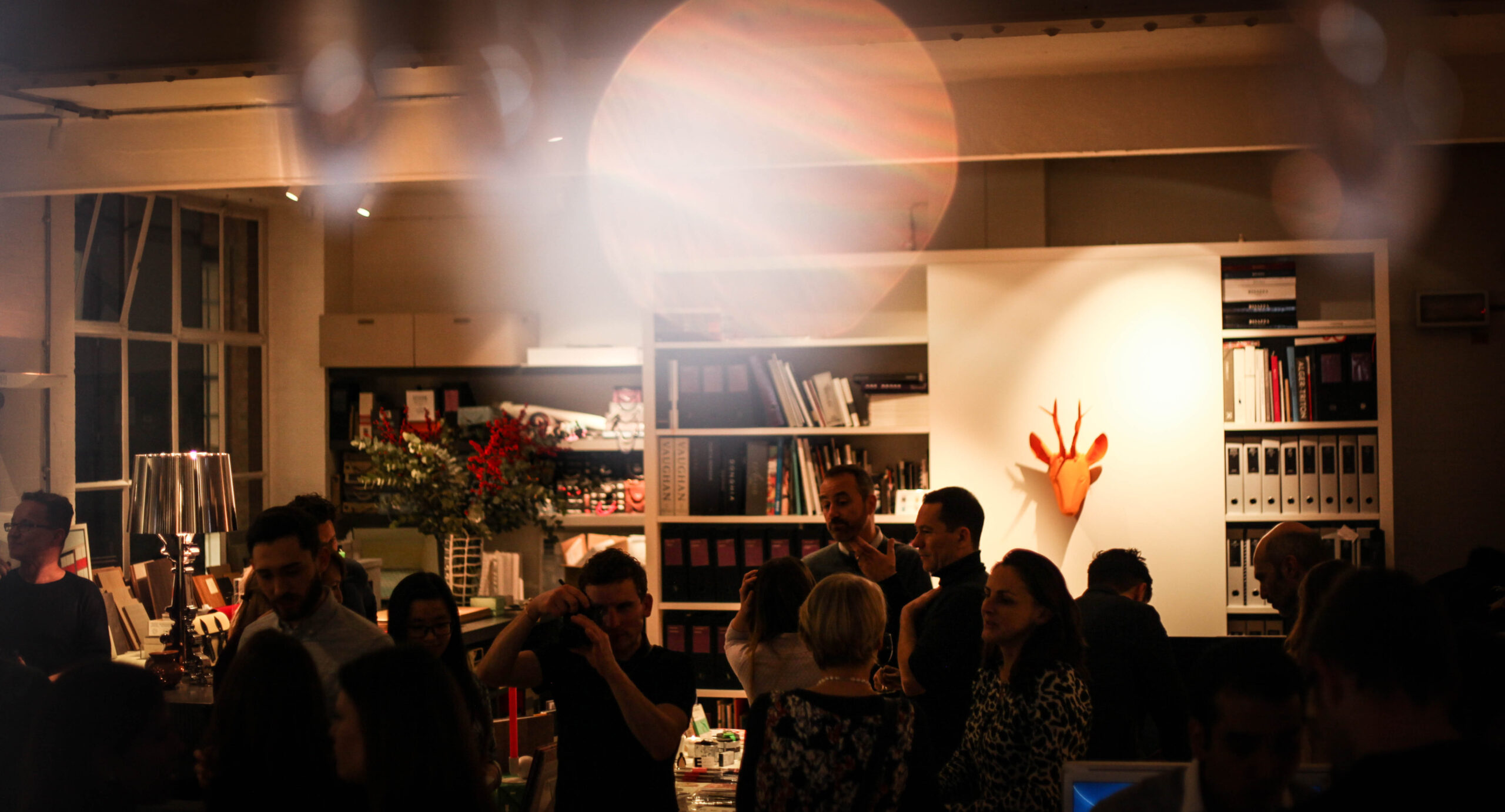
Looking back at the Callender Howorth Christmas party we had in 2019. How fun! We are sure to have a party next year!
I would like to extend my complete gratitude and thanks to the entire team at Callender Howorth, along with our suppliers and business partners for all their work that allows us to deliver excellence in interior design to our clients.
And to all our clients, thank you for your trust and loyalty, we are sincerely honoured to be a part of your journey.
It is with my deepest heartfelt intention, that I wish for all of you this holiday season, to reach out with one another, and let it be a moment in time filled with appreciation and blessings for these are the journeys in time that we share together.
Main image: Callender Howorth project Chalet Solaise in Switzerland. Photo by Andrew Borthwick















Côte d'Azur • London • Los Angeles • New York • Paris
The Personal Evolution of Interior Styling
Often confused with interior design or a part of it, interior styling focuses on the unique or individual style of the room.
While there is certainly an overlap between the aesthetics design created by an interior designer, interior styling focuses on the relationship of the details of the textures, finishes, and decor.
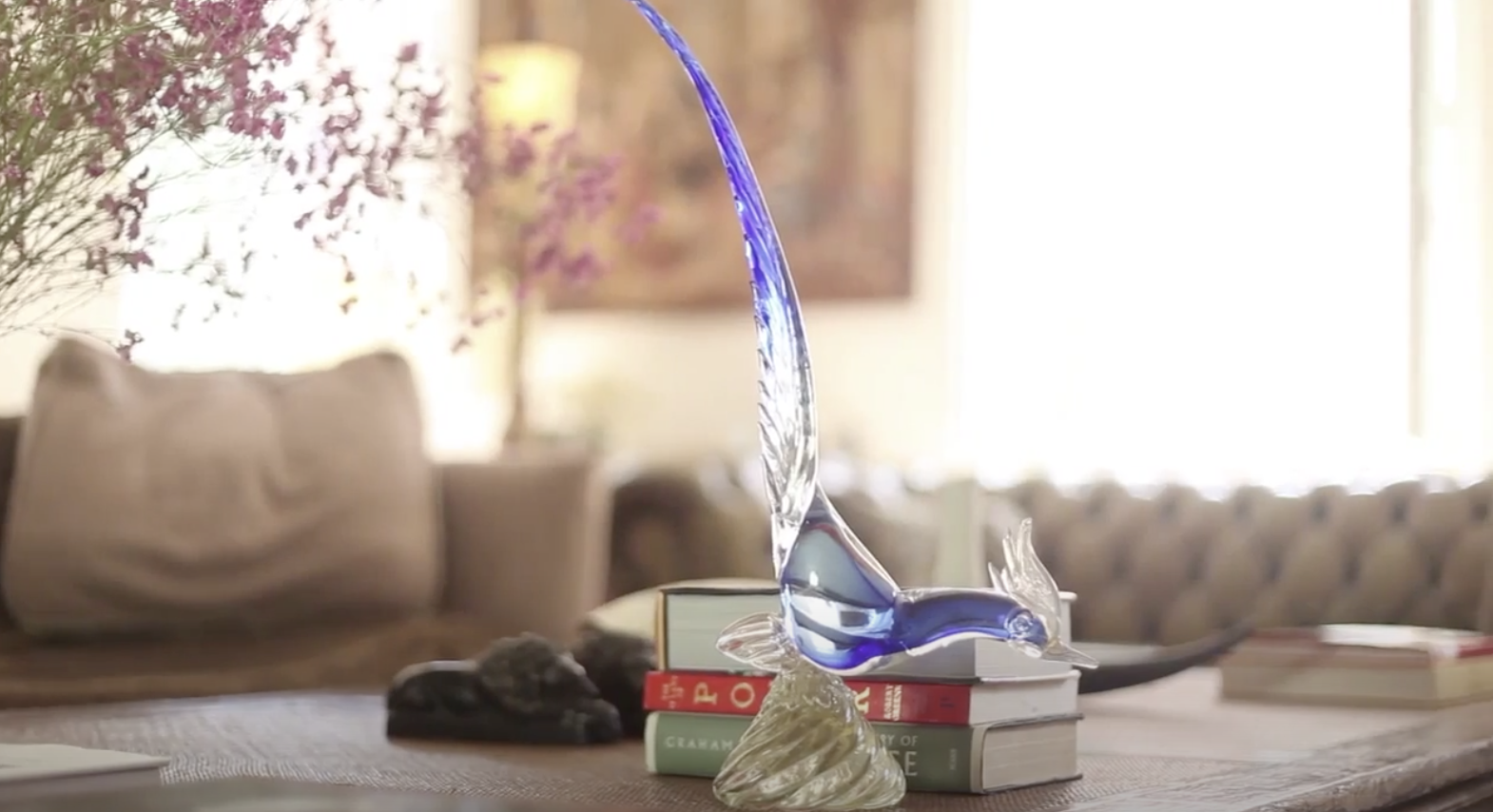
Callender Howorth residential project Nice, Cote d’Azur.
Originally working with magazines and photoshoots, interior styling services have transitioned to working with creating specific ambiances in our private homes. Changing the ambiance of the room without changing any of its structural properties is the true art of an interior stylist.
In essence they pose a new air of conversation to the room.
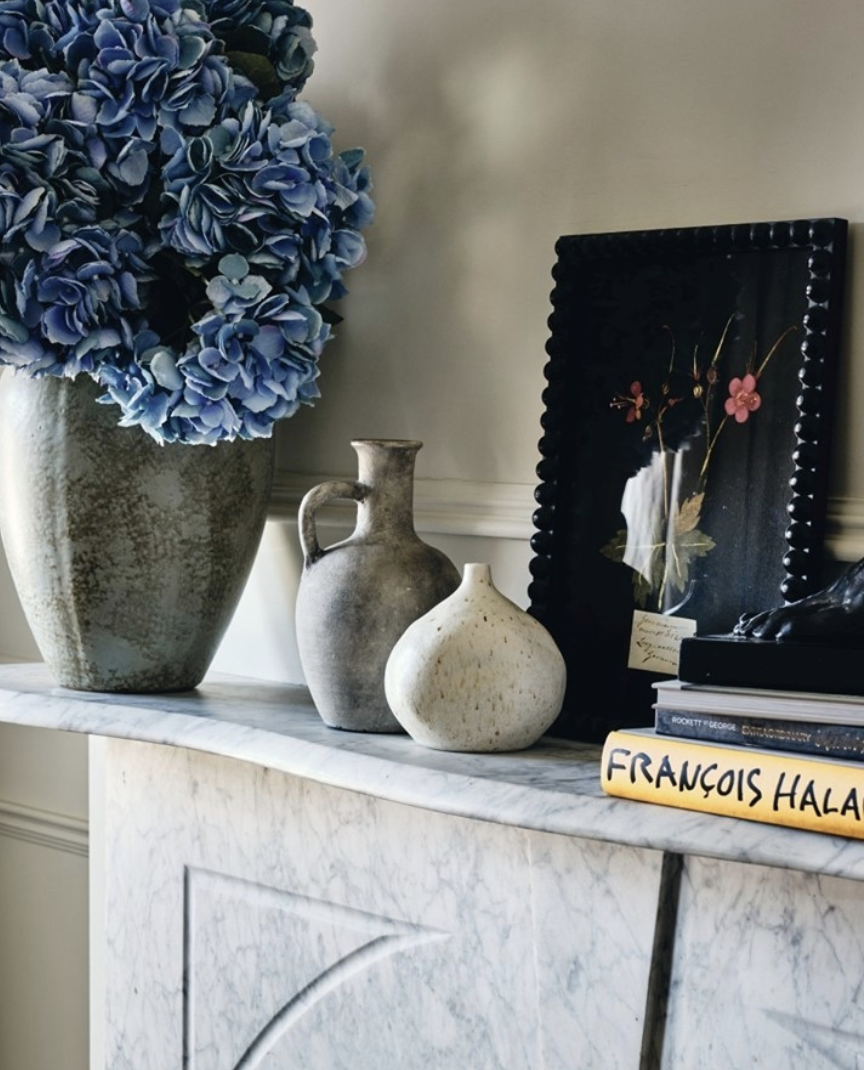
Oka
By adding, removing and curating different decorative items, fabrics, and placements, the interior stylist can bring in a renewed freshness and updated personality to the room.
Besides the aspect of beautification of a space, we find ourselves asking a more profound esoteric question of the role that interior style plays in our lives and why it matters.
A personal cathartic evolution
It is hard to believe that interior styling could be a topic whose origins date as far back as the ancient Egyptian tombs whose mural hieroglyphs and intricate wall decor was intended to bring joy to the dead and assist their journey to the afterlife by depicting their family history and achievements.
Basically, these sacred symbols tell their unique story. And they filled up their tombs with plenty of objects and paintings to guide them on their eternal journey.

Callender Howorth, Nice apartment project.
As one would expect, the tombs of the pharaohs and kings were more elaborate, signifying their power and wealth. The most famous piece of art of ancient Egypt is the gold mask of Tutankhamun of the Pharaoh Tutankhamun from the 18th dynasty who reigned from 1334–1325 BC, found in the Valley of the Kings in 1925 by Howard Carter.
Throughout history the translation of life could be seen through the interior styles from the raw materials, ornate finishings, the symbolic architecture such as cornices, loggias and arcades, and of course the furnishings.
The intentions behind the use of the designs, similar to the ancient Egyptians, reflecting wealth, social and cultural status continue through our modern times and have further evolved into a reflection of our wellbeing and lifestyle.
These motives boil down to one common denominator…the intrinsic importance of our unique story.

Callender Howorth, Country House project in Kent.
In our modern world we continue telling our story through our homes.
We intentionally prepare our homes according to the seasons, we rejuvenate the spirit of our homes through art pieces, decorative details, changing colour palettes and textiles and favourite keepsakes.
We intentionally renovate our homes to reflect our current lifestyle and modern day ideologies of the comforts of living.

Badmiton, a Chinoiserie wallpaper, hand painted on 12 Carat White Gold gilded silk background by de Gournay. Photo @dm_photographyuk.
We create new spaces, multifunctional living spaces, niche spaces, indulgent luxuries such as bathroom spas, fitness gyms and home cinemas. Our kitchens have morphed into social cooking and entertainment areas, and outdoor gardens have come indoors through glasshouse extensions.
Our homes reflect not only our story, but a historical catharsis of our personal evolution of humanity stemming from prehistoric times.
This might sound like a very mythical notion indeed, but the interpretations of our existence are deeply rooted from our origins and whose expressions serve to bring context and profound meaning to our lives.
At Callender Howorth this the ethos behind our designs in helping our clients to translate a rich and profound meaning to their lives and the lives of their loved ones.















Côte d'Azur • London • Los Angeles • New York • Paris
A Desired Lifestyle at Paris Design Week and Maison et Objet
We all carry certain notions of what our desired lifestyle would be and what that would look like.
In its simplest definition, the word lifestyle means a way in which a person lives. This can include different types of domains such as the most widely used, healthy lifestyle, active lifestyle, bohemian lifestyle, independent lifestyle, wealthy lifestyle, and such.
The conscious choice of designing our lifestyle examines the fundamental principles of how we are choosing our habits, activities, desired experiences and connecting to others.
As interior designers we are masters of the art of creating spaces that aligns all of these elements to precisely reflect the client’s intention.
A theme of Desired Development
So then it comes as no surprise that this year’s Maison et Objet interior design trade show (September 9-13th) which is running simultaneously with Paris Design week, have adopted the theme of Desired Development to address the needs of an unprecedented time in our global human evolution where responsibility and ethos serve as the cornerstones of inspired design.
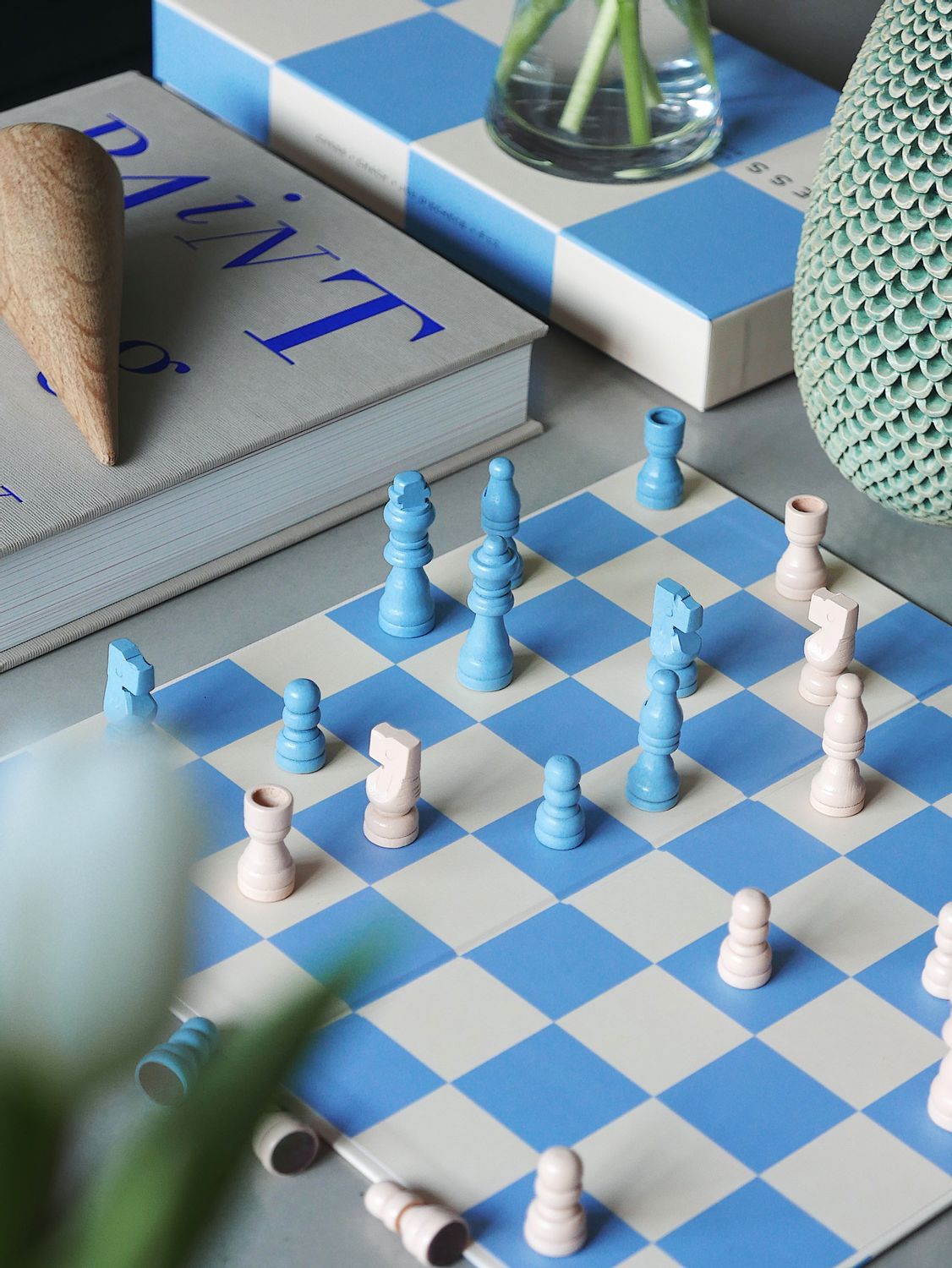
PRINTWORKS
While our desires for enjoyment and pleasure with social connection still stand as a tall order, our awareness of designs and concepts for products and spaces has evolved to a higher state of awareness for a conscious movement driving our desired lifestyle and development.
Every single part of the way we are currently living, working, moving, interacting with, communicating, playing, relaxing, consuming, socialising, sourcing, educating, transporting, healing, governing, and designing are undergoing a deliberate exercise of being rethought out.
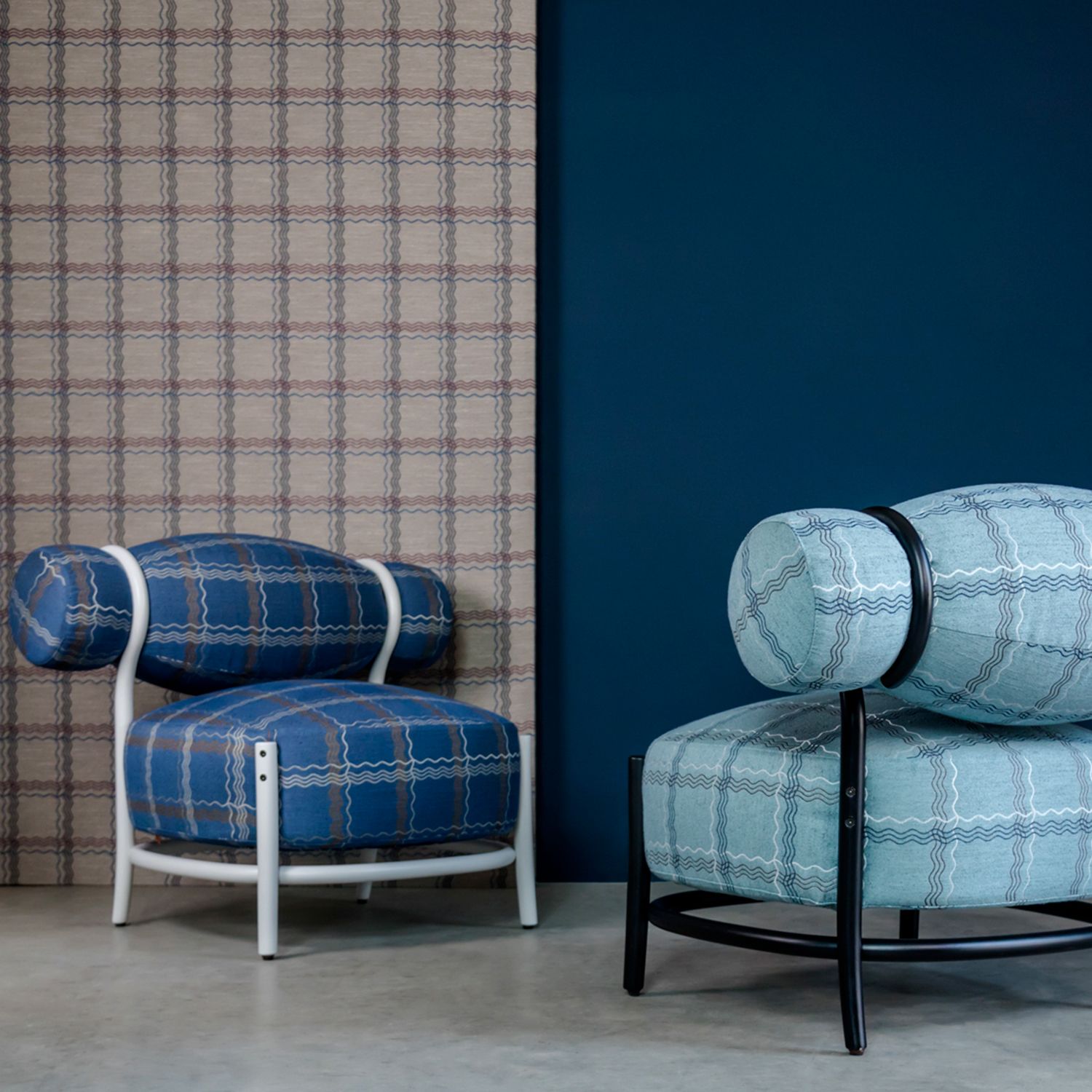
l’Opificio
We have arrived at a critical moment in our human history where our preconceived beliefs about how we are supposed to live are being turned upside down to see how we want to continue living and the changes that would be required individually and collectively to do just that.

Marie Talalaeff – Sculpture

HAY
Simply put, we are now being given the challenge to adopt a new point of view into the unknown future which for some is quite frightening, but certainly is a portal into discovery, creativity, and inspiration if we embrace it.
Changing our habits is one of the hardest skills to achieve because we are creatures of comfort. New thoughts and ideas about things in life that we are certain of and find safety in are the hardest ideas to consume.

ANA GOLD – BIJOUX
Our natural reflex is to resist and to stay safe in our known environments both internally and externally. But what if we allowed ourselves a small space of curiosity to enter, which is actually an impetus for opening our perspectives, thus making way for the newer versions of ourselves to enter.
A frighteningly exciting thought nonetheless, the kind of feeling one has when you book an exotic vacation to someplace you have never been, knowing that you won’t be the same when you return.

La Maison Pierre Frey
This is where we are holding our expectations at Maison et Objet this year, to see the new versions of our future desired lifestyles and our place in them.















Côte d'Azur • London • Los Angeles • New York • Paris
Princess Diana Statue Unveiled – What is Art?
On what would have been her 60th birthday on July 1st, the hearts of the world once again turned their attention and affection towards the late Princess Diana in the unveiling of a statue at her favourite Sunken Garden at Kensington Palace.
As her devoted sons William and Harry unveiled the statue made in “honouring her life and legacy” through a stoic and modest representation of Diana standing and embracing the 3 children at her side amidst her sacred garden filled with her favourite flowers.

Samir Hussein- Getty images.
Simple flowers with an uncomplicated, pure beauty such as forget-me-nots, white lilies, white roses, tulips, narcissi, and daisies.
The sculptor, Ian Rank-Broadley, whose work has been in the hands of every Briton as he designed the image of the Queen that is on the coins in the UK wanted to “capture her warmth and humanity while showcasing the impact she had across generations.”
And an impact he indeed wildly succeeded as mixed reviews instantly flared up with his attempt at conveying Diana’s ‘ warmth, elegance and energy’ as he intended to do.
The principles of true art is not to portray but to evoke. – Jerzy Kosinski
‘Spiritless hunk of nonsense, grumpy, doesn’t capture her magic’, are some of the expressions landing across UK headlines as this tributary piece of artwork is prompting a larger question of what art actually is. Critics, experts and the art community expressing unabashed rancour and utter disappointment.
As the old adage goes “Art is in the eye of the beholder, and everyone will have their own interpretation.” by E.A. Bucchianeri from Brushstrokes of a Gadfly, we can surmise the expectation of a divided camp in such example as the statue of the late Princess because to depict such a world respected, admired and loved icon is certainly a tall order, especially when working alongside the two people that loved Diana the most, her sons.
By definition, Art, also called (to distinguish it from other art forms) visual art, is a visual object or experience consciously created through an expression of skill or imagination.
And its purpose, to convey meaning, dates back to most of our known humanity, starting with cave art.
So while these timeless pieces capture and share eternal feelings or moments of life, it inherently carries the opinion or translation of the perspective of the artist creating the piece.
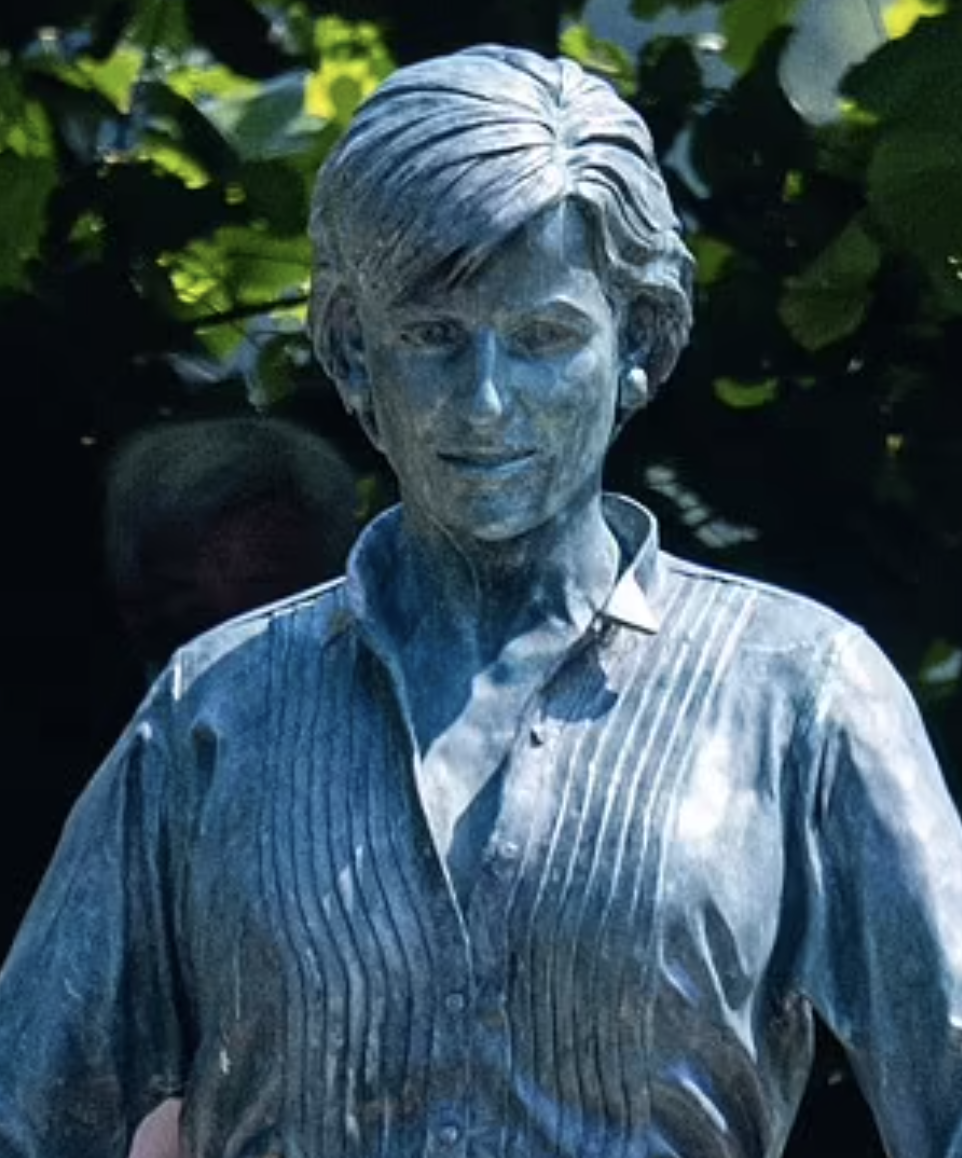
Image Daily Mail
So in the example of the sculpture of Diana, the brief by the royals was to create a piece that represents her humanitarian legacy and impact. Kensington Palace wanted her ‘warmth, elegance and energy’ conveyed.
Yet the sculpture shows a version of Diana, without her famous smile, without a flowing gown, and instead a serious facial expression with simple and smart attire. A stark contrast from our visions of what a royal should look like and certainly opposite of what we all envision a royal ‘princess’ to look like.
However, as Diana was known as the ‘People’s Princess’, perhaps Ian Rank-Broadley purposely held back on the glamour, royal tradition and anything that represents a royal British monarchy.
A monarchy where Diana clearly never felt at home.
Because in this light, there is no distraction from the underlying truth; the honour of a simple woman who valued human life and explicitly gave love that is required to protect that, not only with her own sons, but with the world at large.
The question then becomes do we consume art from our expectations or from what is actually being expressed, whether overstated or understated, simple or complex, basic or grandiose? And can we see that truth beyond our beliefs and expectations?
Art, an unveiling of a truth that lies in the eyes of the beholder, evoking us and challenging us to see that truth.
What do you see?
We asked a couple of artists and galleries we work with to answer this same question, here are their perspectives.
Melanie Comber, Artist
“The enormity and emotional expectation associated with this commission cannot be underestimated. A figure so publicly revered as Diana, would prove a very difficult subject matter for any artist.
The finished result with its conservative nature, while disappointing, probably fulfils the brief as a piece of public sculpture which can be appreciated by the majority.
From an artist’s point of view, in my mind, compositionally, I feel that the central figure is far too big. Her proportions are quite masculine and lumbering. Had she been in an elevated position, on a plinth, these large proportions might have been more successful, but at eye level, it feels confusing. I also despair at the Dickensian style ‘urchins’ which surround her.
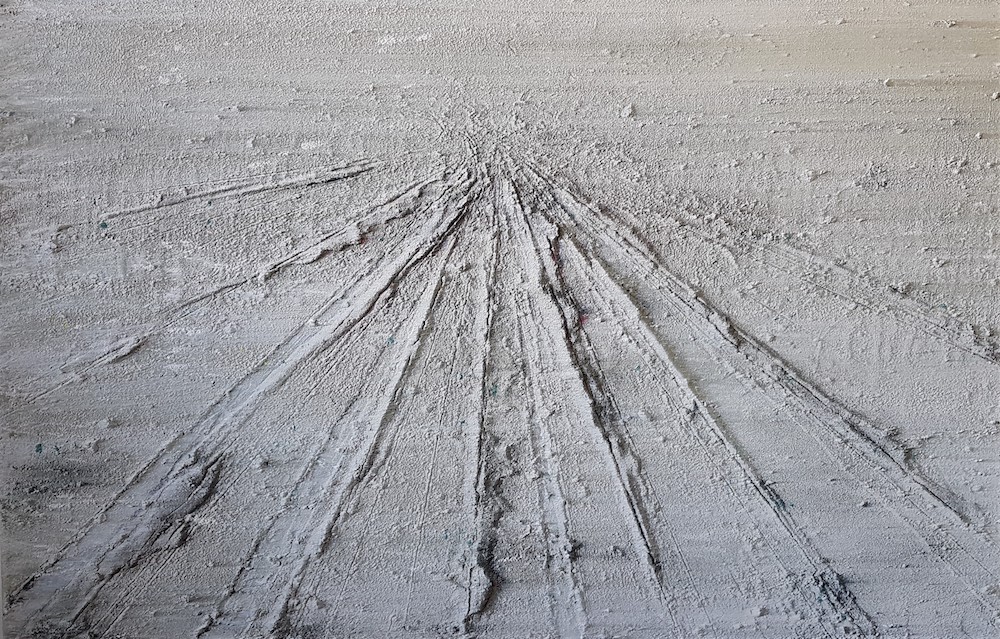
Melanie Comber Frobisher Bay 2019 110cm x170cm John Moores
Their appearance seems quaint, dated and quite disconnected from the central figure. To immortalise a public figure in bronze so associated with vitality and vibrancy during their lifetime, is a very difficult ask. This is no war memorial,. This is an attempt to capture a plethora of human frailties and strengths as a part of a story which ended in tragedy. The weight of that subject matter is enormous.
This project bought to mind the recent controversy with Maggi Hambling’s portrayal of Mary Wollstonecraft. How should women be commemorated as statues, as a figurative portrayal? or as Maggi suggested as the ‘Every Woman’? its an interesting debate and I am not sure that either of these works answers those questions succinctly.
What would I have done differently? I would have run away from this commission as fast as my legs could carry me..!”
Annabel Seal – YAP Young Artist Partnership Director
“Ian Rank-Broadley is an Institutional favourite that’s for certain, being a designer for the royal mint. His previous work such as Lord Rochester, His Whore & a Monkey, Josephine Baker in full dancing swing, The Armed Forces Memorial and now Diana… The memorial depicts a clunky looking Diana shielding three children of the world. The statue is larger than life and sculpted to depict her exact likeness, understandable as her sons commissioned the work. The addition of three children seems to have been a hasty and confusing decision, was the artist worried she would be a figure standing alone?
Perhaps, Rank-Broadley could have borrowed Maggi Hambling’s material from her hotly debated sculpture of Mary Woolstencroft on Newington Green, 2020. Hambling depicted an allegorical figure of feminism, a woman rising up on a wave of silvered bronze. This material gives the work (whether the nudity is relevant or not) an ethereal and modern appearance.This method of material could have emboldened the Diana statue, allowing the lumpen bronze to project more of a celebration of her life.”
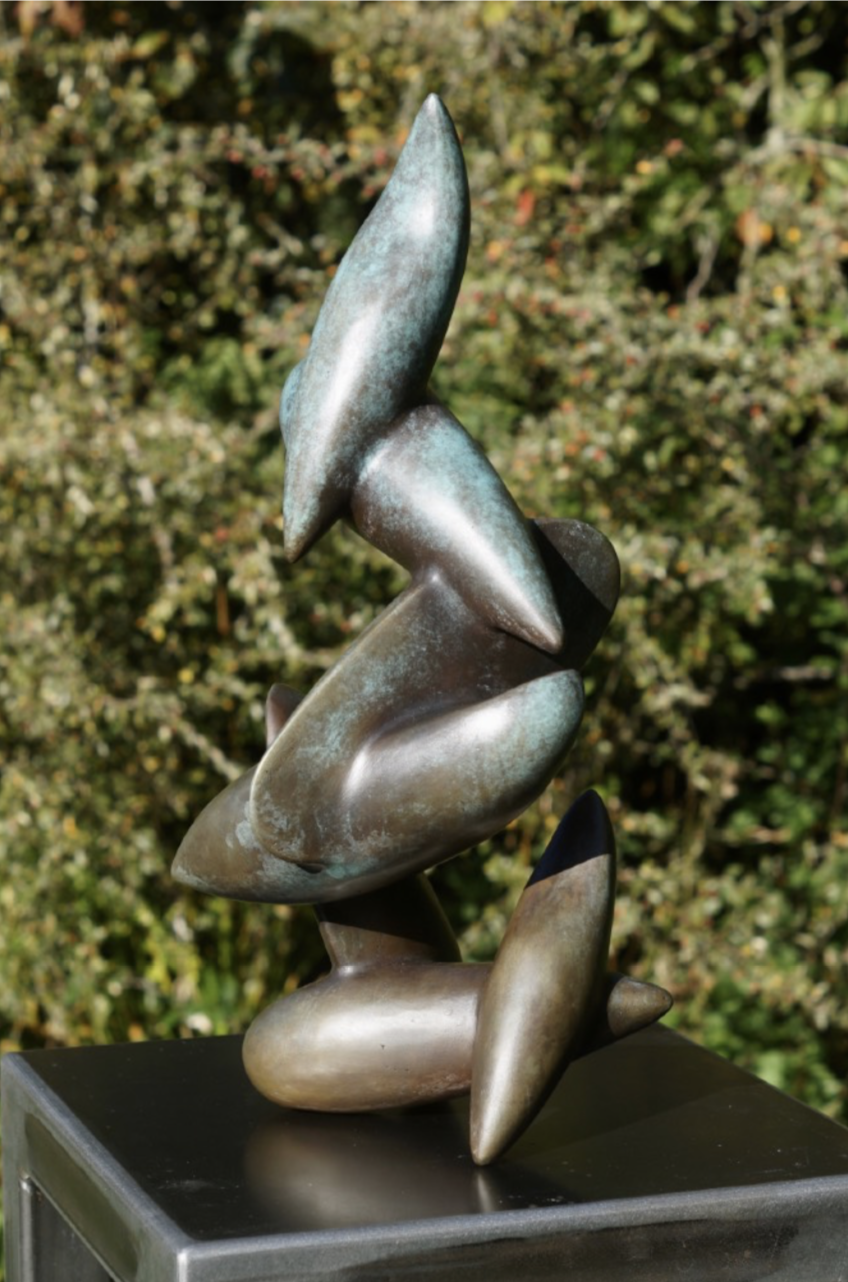
Emilia Kate Samson, Modification by Descent, 50 x 25 x 24 cm
ABOUT YAP
Young Artist Partnership aims to support young artists on their career path, providing a forum for their works, mentoring with existing artists, and showing them how to commercialise their practice.
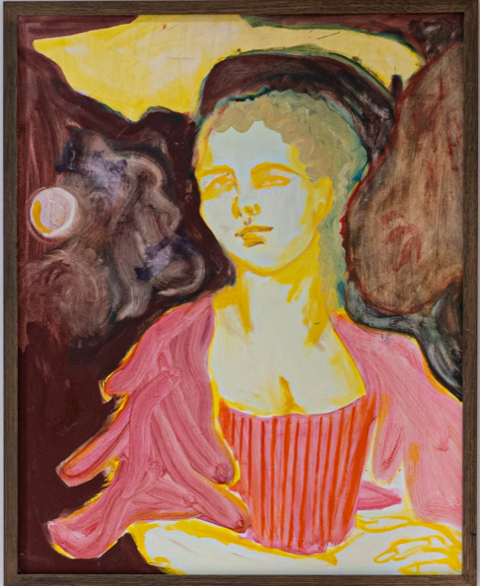
Chica Seal Countess,Oil on board,48 x 60 cm
With an online presence and skilfully curated exhibitions they endeavour to make ‘young’ art accessible to all and to provide a market for collectors and those interested in supporting artists starting out and growing their careers.

Vivienne Laurence, Cicco, White Alabaster 60 x 21 x 19 cm
Showcasing our talented tribe of Emerging and Emerged (Guest) Artists latest artworks, we support charities including: Article 12 Arts, and St Mungo’s. Article 12 Arts provide creative materials and opportunities for young refugees, children in need and those seeking asylum to enjoy and express themselves.

Vivienne Laurence, Circle, Brown Alabaster on an oak base ,44 x 46 x 17 cm
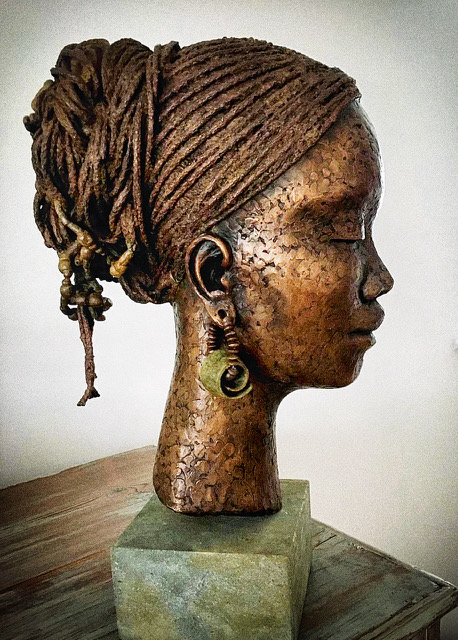
Vivienne Laurence, Aduni, Cast bronze, Edition of 8
St Mungo’s works to prevent homelessness and support people at every step of their recovery from homelessness.
As art plays such an integral and influential role in society, when we question the perspectives of art, especially public works, we examine the notions of symbolism and their expressions to clarify our sentiments not only for our personal understanding, but moreover as a timestamp for a connected global society in that moment in time.















Côte d'Azur • London • Los Angeles • New York • Paris
Supplier Statements at London Design Week
London Design Week at Chelsea Harbour is one of our favourite local design events where some of the worlds most talented designers, craftsmen and artisan never cease to fill our interior design cups with inspiring new ideas and concepts.
As luxury interior designers we are keenly interested in the visions of the interior design industry and the notions they reveal and resonate with our sensitivities.
As the world slowly reemerges from a pandemic standstill, there is one underlying current that was palpable at Chelsea Harbour this year….Escapism. And rightly so!
Here is a vivid selection of our suppliers newest collections and products at London Design Week.
As we work very closely with our suppliers, we are always so excited to experience their new designs.
Andrew Martin
Showcasing their new collection in collaboration with Sophie Patterson, Andrew Martin’s Condor Collection takes us to the Andean mountains with these organically rich and exotic textures and stripes of their cushions and textiles.
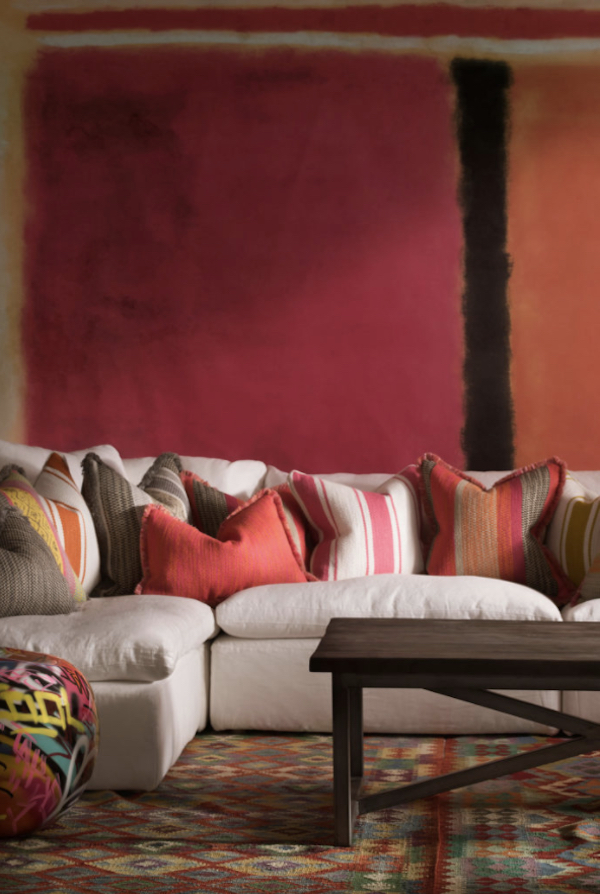
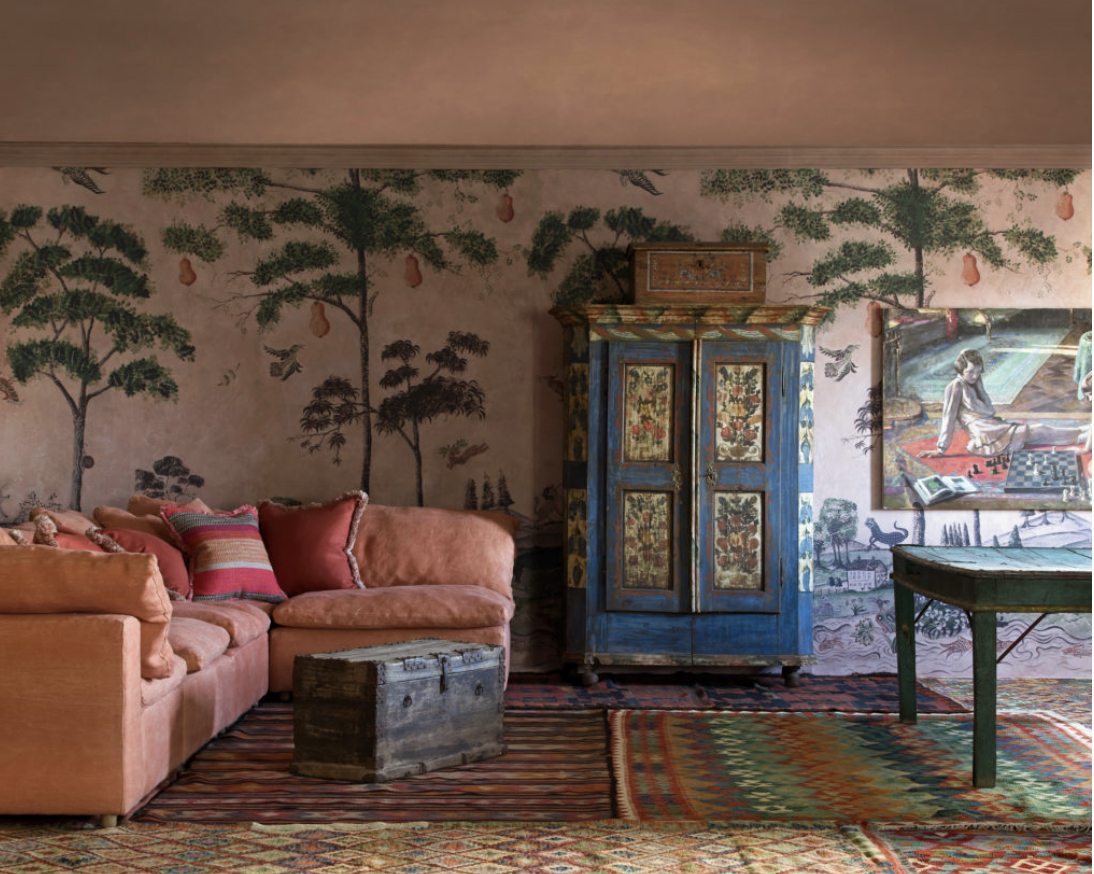
Porta Romana
Escaping to the jungle with authentic colours reminding us raw coconut and tropical wildlife, Porta Romana’s new lamps and lighting brings a paradisiacal elegance to our senses.
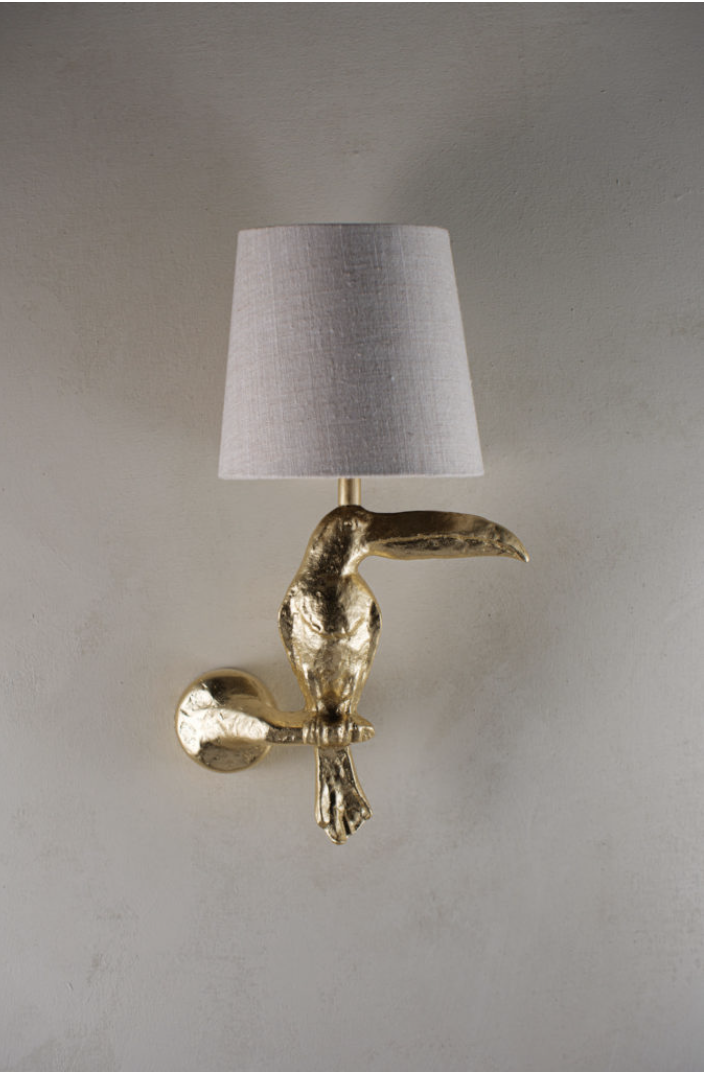
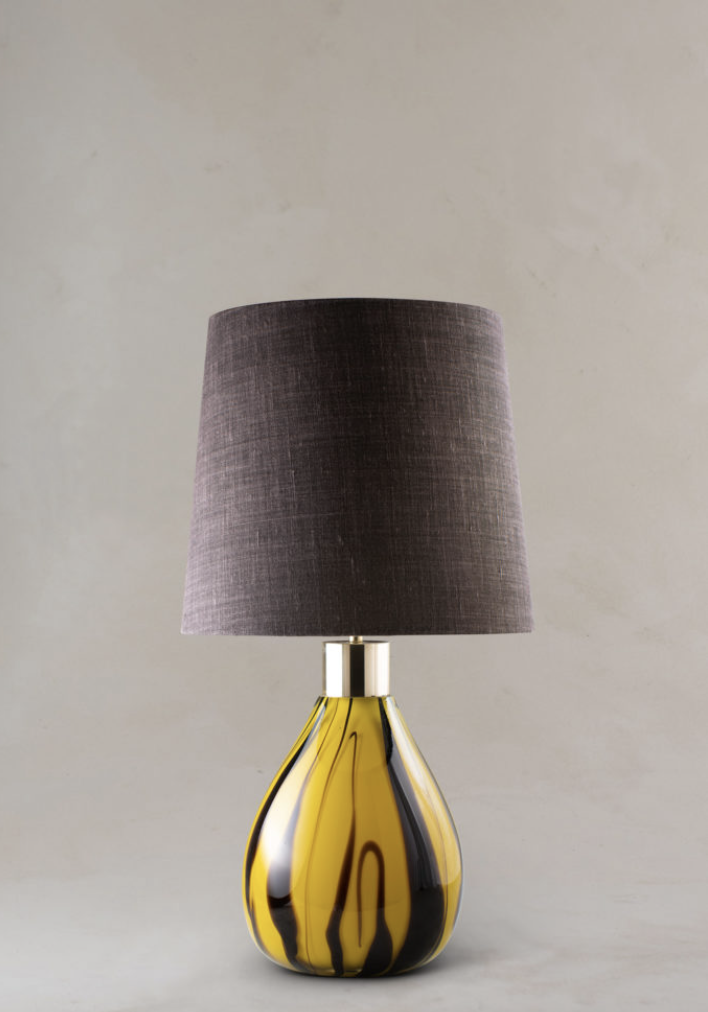
Julian Chichester
Exotic dreams are synonymously present with Julian Chichester’s timeless style design with all his pieces.
The statement “Gin” drinks cabinet and “Medusa” red gesso wall light are innovative and eclectic; the token individualistic style of Chichester designs.
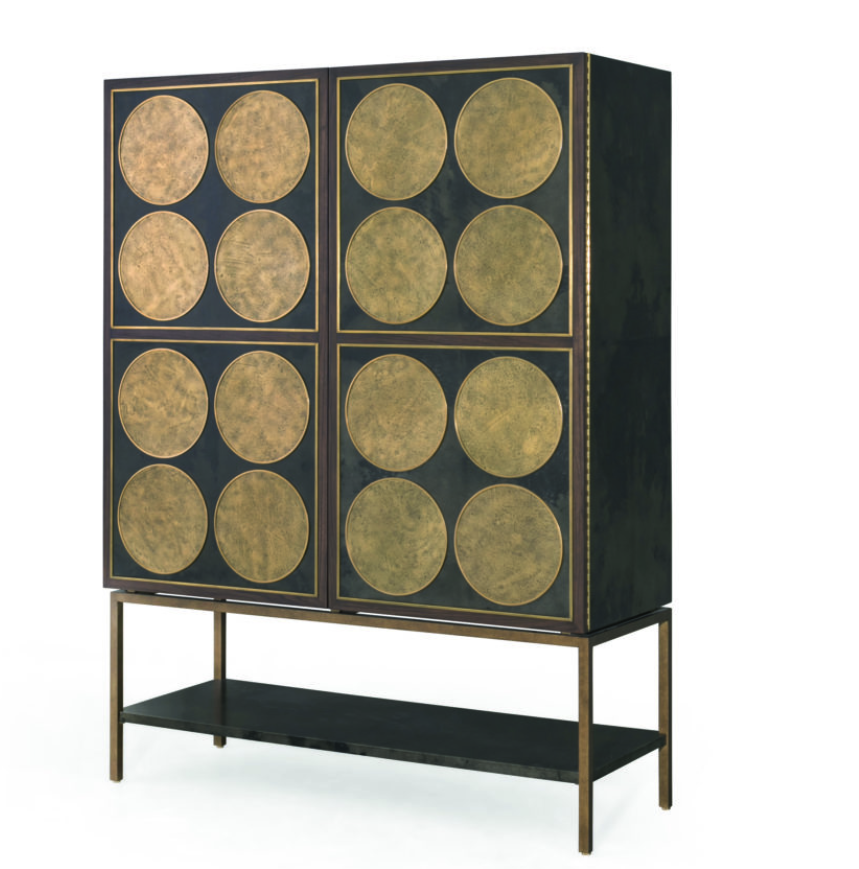
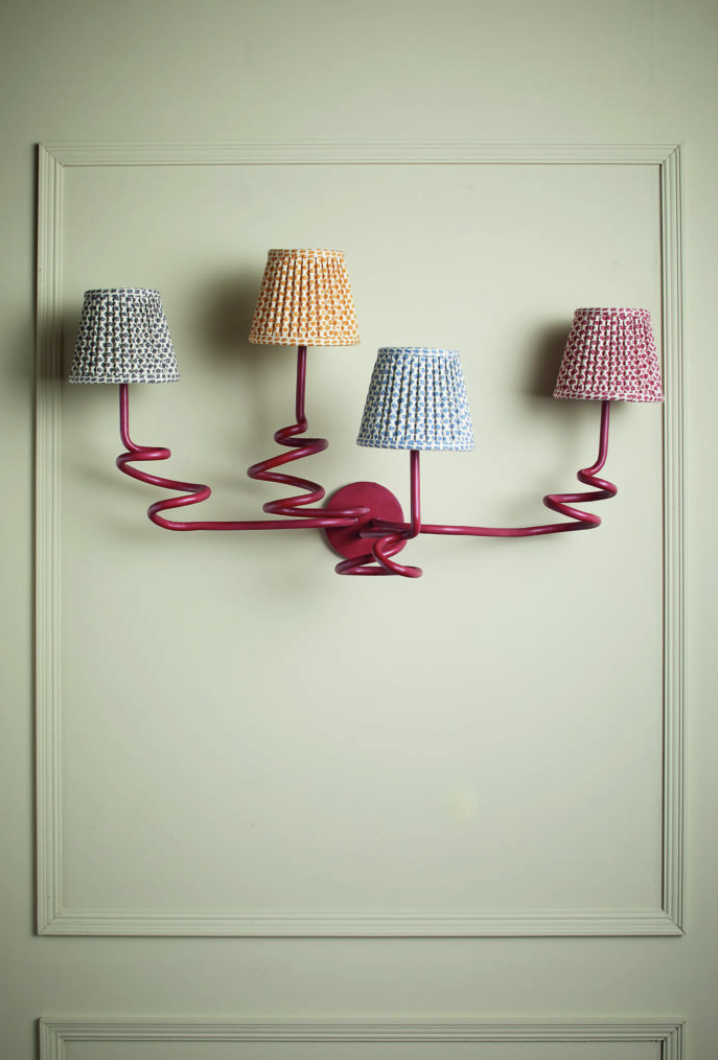
Dedar
The jacquard motifs from Dedar send us on an exploration of the relationships between our architectural contexts and the natural world in which we live with a coup d’oeil to our historical worldly influences.
The textures are a testament to their art of Italian textile reinvention.

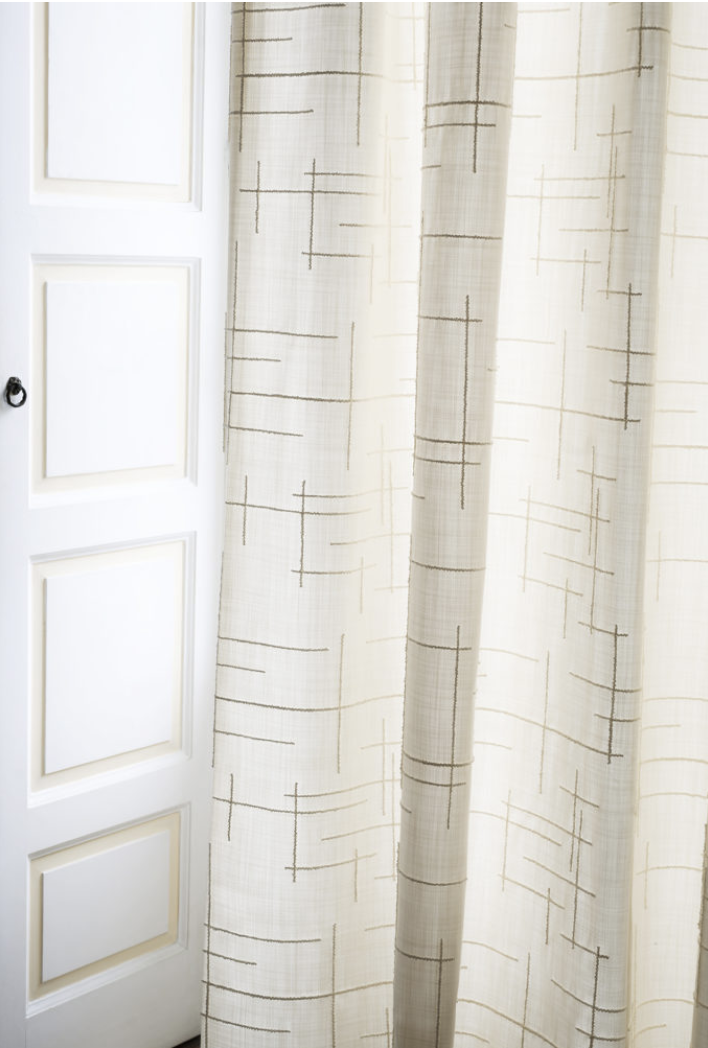
Vaughan
Delving into the ethers of the 19th and early 20th centuries, Vaughan’s Chawton collection gives us an esoteric curiosity about time past and the stories held within them.
Their ‘Longparish’ mirror and ‘Broughton’ bobbin chair play on our sensitivities of a good tale, a hidden history and the subtle art of storytelling.

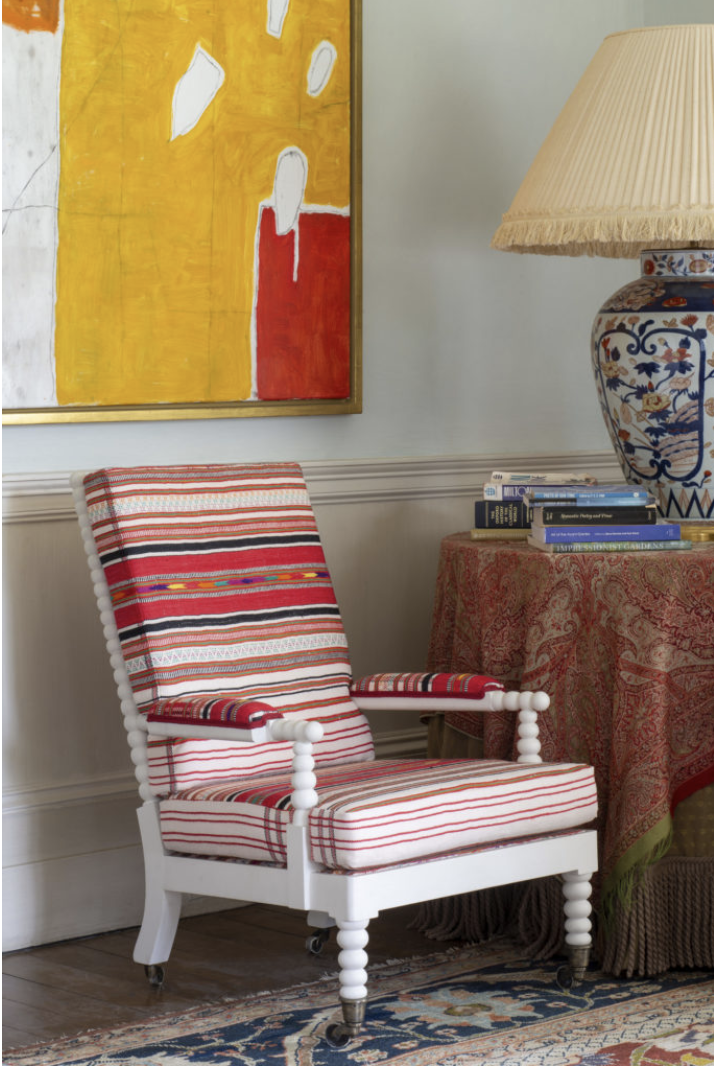
Arteriors
The exceptional artistry and craftsmanship in Arterior’s Spring/Summer 21 collection carries two narratives of natural rhythms and tactile monochrome.
This deep-seated collection reminds us of our native roots and our natural foundations wherever the origins maybe.
A presence of our own humanity.
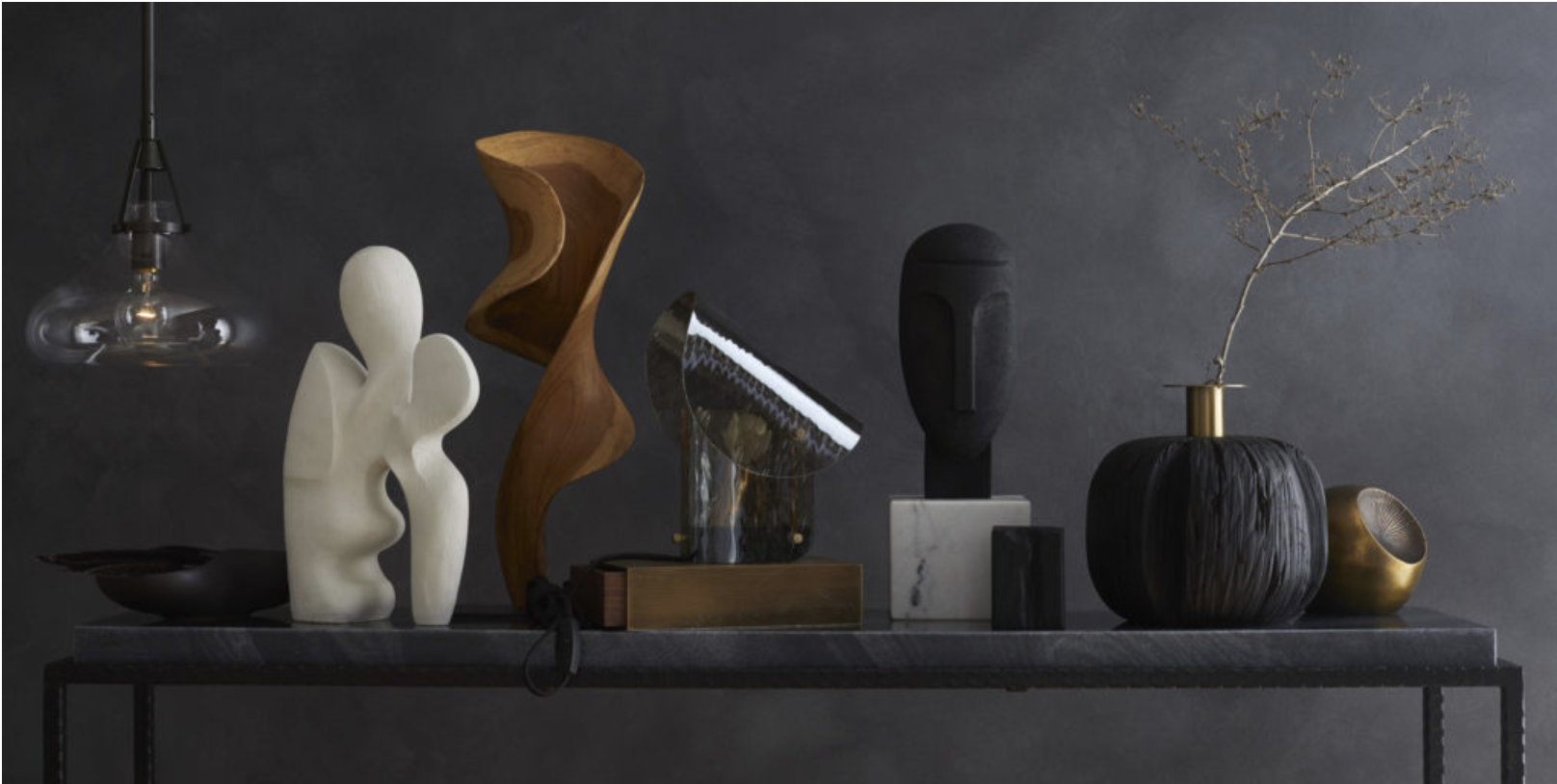

Altfield
Altfield’s curation of luxury textiles is always impeccable. We found the ‘Exotica’ fabric on the sofa completely congruent with elegant authenticity. The “Linum” wallcovering was divine and classy.
A signpost for luxury in character and composition.
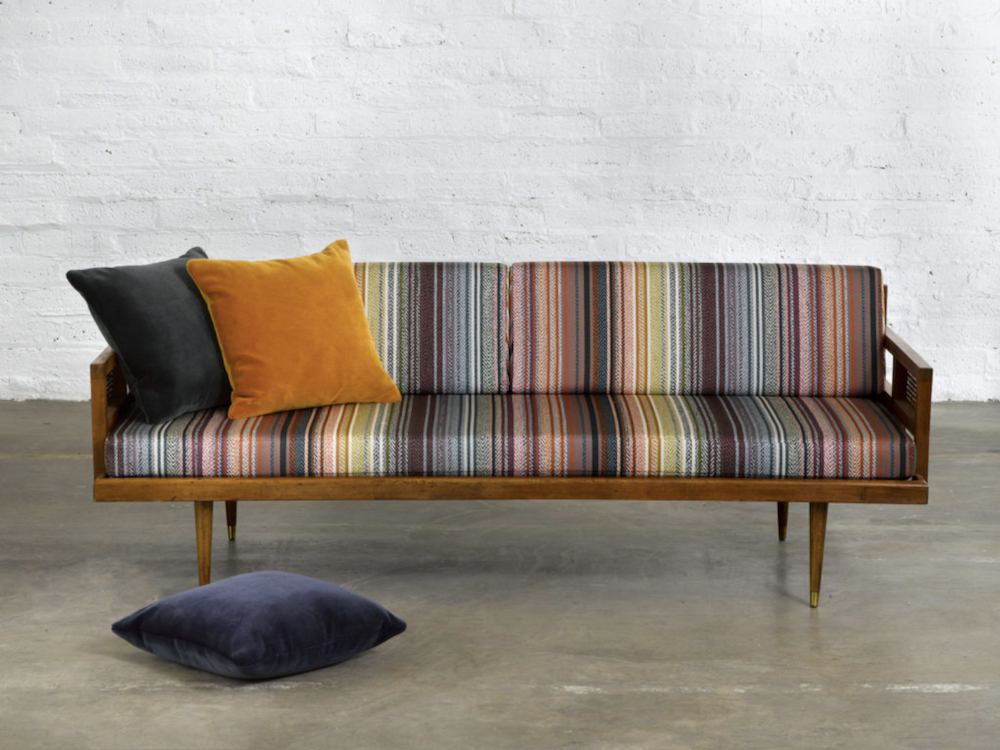

We are so passionate about attending interior design industry trade shows to view the latest inspirations from such talented artists and designers, especially young artists.
This year we are working with YAP Young Artist Partnership which aims to support young artists on their career path, providing a forum for their works, mentoring with existing artists, and showing them how to commercialise their practice. Founded and ran by Run by Louisa Higgs and Annabel Seal, we found some of their art so beautiful and inspiring.

Point of View by Kate Viner
For more information about YAP- Young Artist Partnership you can visit their website at www.yapart.co.uk.















Côte d'Azur • London • Los Angeles • New York • Paris
Architectural Ideals
A repository of our ideals…
In some shape or form, the influence of architecture has seemingly infused into your life.
In our psyche lies the Empire State Building in NYC, the Eiffel Tower, and Big Ben. Whether visiting or simply just reading about impressive structures around the world on the internet, architecture plays a significant role on who we claim to be.

Inside view of La Sagrada Familia by architect Antonio Gaudi.
The sense of awe when you walk into Antonio Gaudi’s La Sagrada Familia in Barcelona or the Duomo in Florence, Italy reflects our sense of context and perspective within these luminous and esoteric spaces.
Architecture gives us the opportunity to visually and conceptually understand different periods of existence and into the mysterious minds of their creators.
While some structures reflect the past or future, architecture is a roadmap of identity whether physical, cultural, and/or spiritual.
For some the greatness in architecture lies in the complexity and detail, for others it resides in its simplicity, order, and precision.

Symbolic aspects of sacred geometry in religious structures tell a story of faith and dogma to which practitioners will find themselves elevated to a higher level of religious and spiritual connection.
These sanctuaries serve as guardians of identity. While some can be greater-than-life in their ornate grandeur, others can be an extraction of all-that-is in its bare space.
Whether deeper meanings are inscribed in archaic texts and/or mystical frescoes on the walls with secret codes built in the architecture itself, ancient churches, temples, and structures in their entirety represent a living entity of its proper doctrine.
Yet the nature of architecture is organically mirrored in our humanity.
At the root of architecture is the notion that we are different people in different spaces..a repository of our own ideals. Are we the same person at home as we are in the pyramids of Egypt or the Burj Al Arab in Dubai?
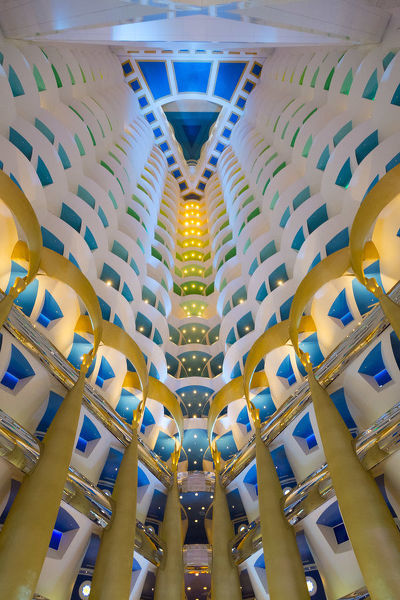
Inside view of the atrium at the Burj Al Arab hotel, Jumeirah, Dubai, United Arab Emirates.
So then a question arises. Does our identity cling to the concept and construct of another’s ideal? Or are these structures windows into a landscape of possibility that carries intentionality to design who we want to be and become it?
A provoking question especially when we are both the creators and the audience of the creations.
Our homes serve as our physical refuge from the outside world, a refuge from everything that we are vulnerable to. Our homes are also our psychological sanctuary that reflects our identity and our state of mind.
As our evolution shifted into the modern age, the architecture of our homes, buildings, and new landmarks corresponded accordingly.
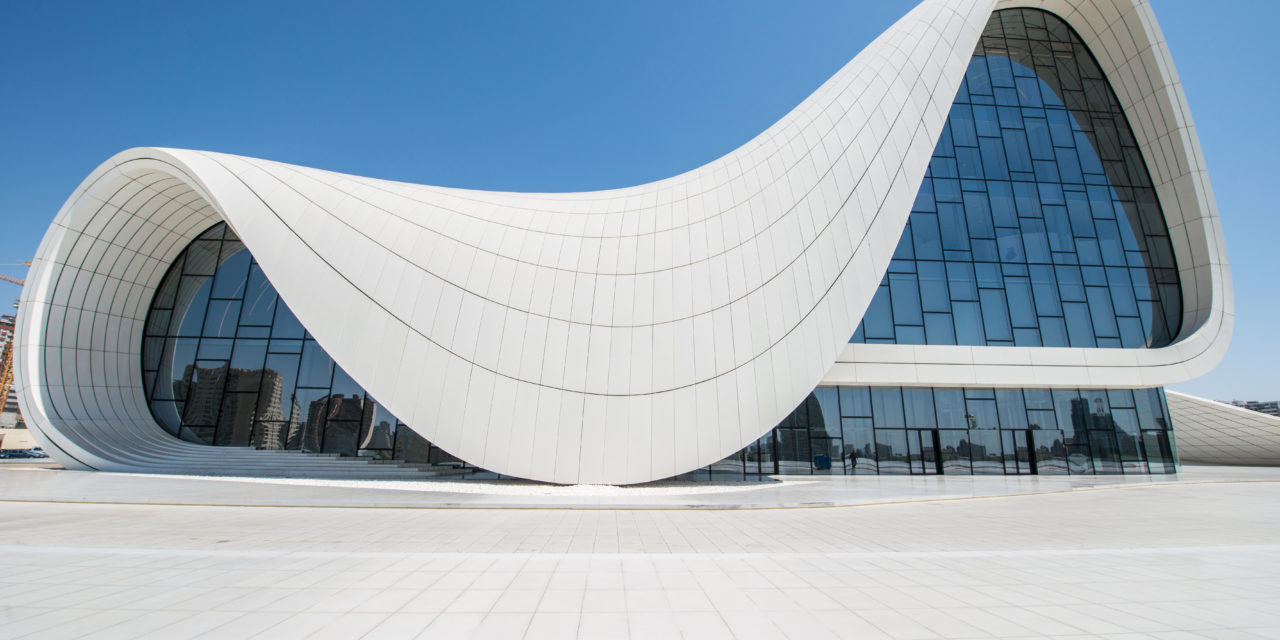
The Heydar Aliyev Center, in Baku, Azerbaijan by architect Zaha Hadid. The building designed as an undulating piece of graph paper.
One only has to think of Zaha Hadid’s Heydar Aliyev Center, in Baku, Azerbaijan to understand the focus and intentionality of breaking free from constraints of past tradition and history and instead of setting our sights on designing a drastically different future.
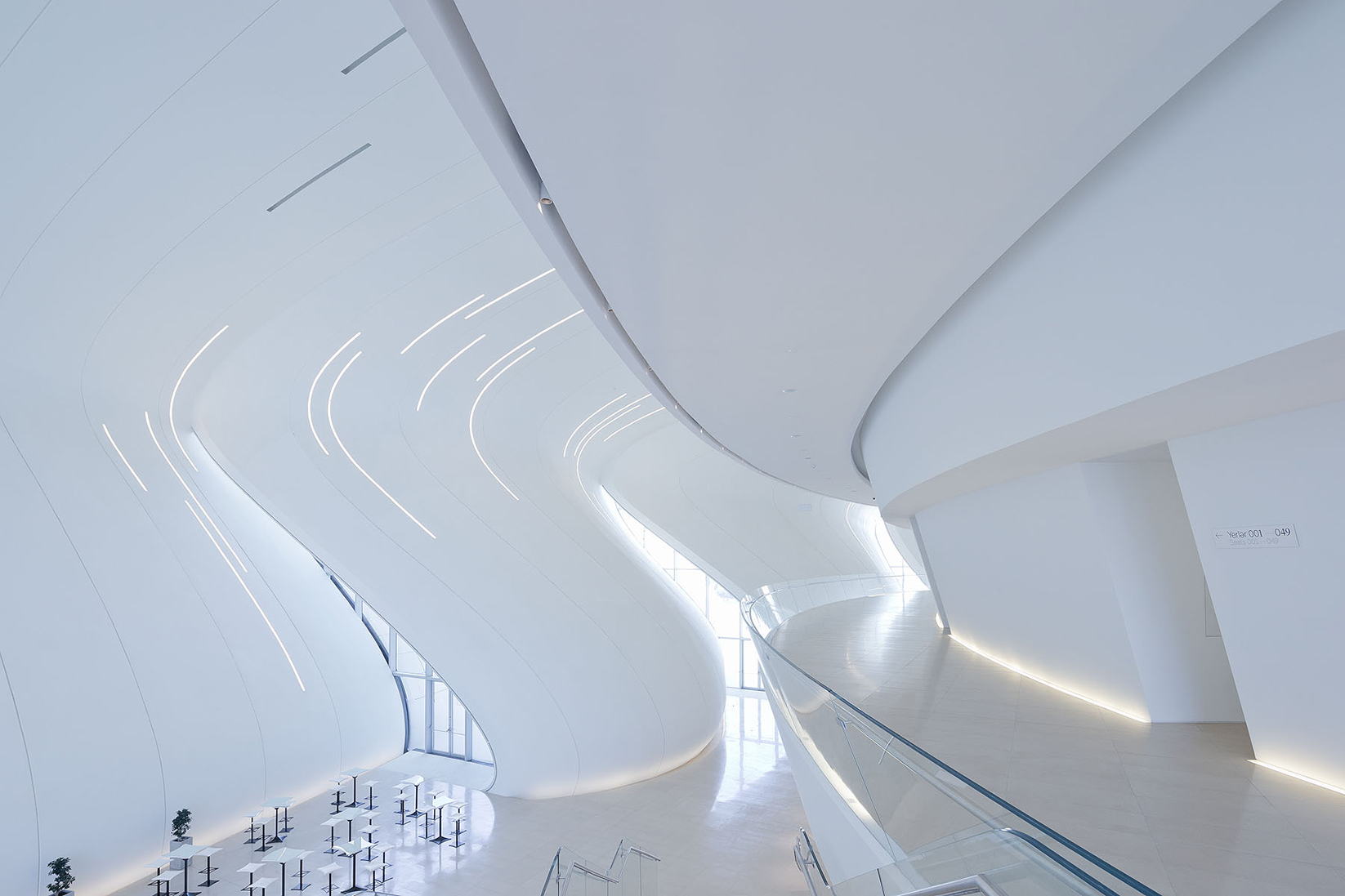
The modernist movement whose creative focus on living by design presented us with radical expressions of science and technology that presented a new roadmap to contemporary existence at its core.

The staircase at Villa Savoye in Poissy, France designed by Le Corbusier.
Encapsulating this new architectural language in modern living was Charles-Édouard Jeanneret (1887-1965), known as Le Corbusier, whose Villa Savoye avant-garde style and highly criticized novel aesthetic paved the way to a new climate of reinforced concrete pillars, flat roofs, open-plan living, and horizontal windows we see in today’s most influential homes.
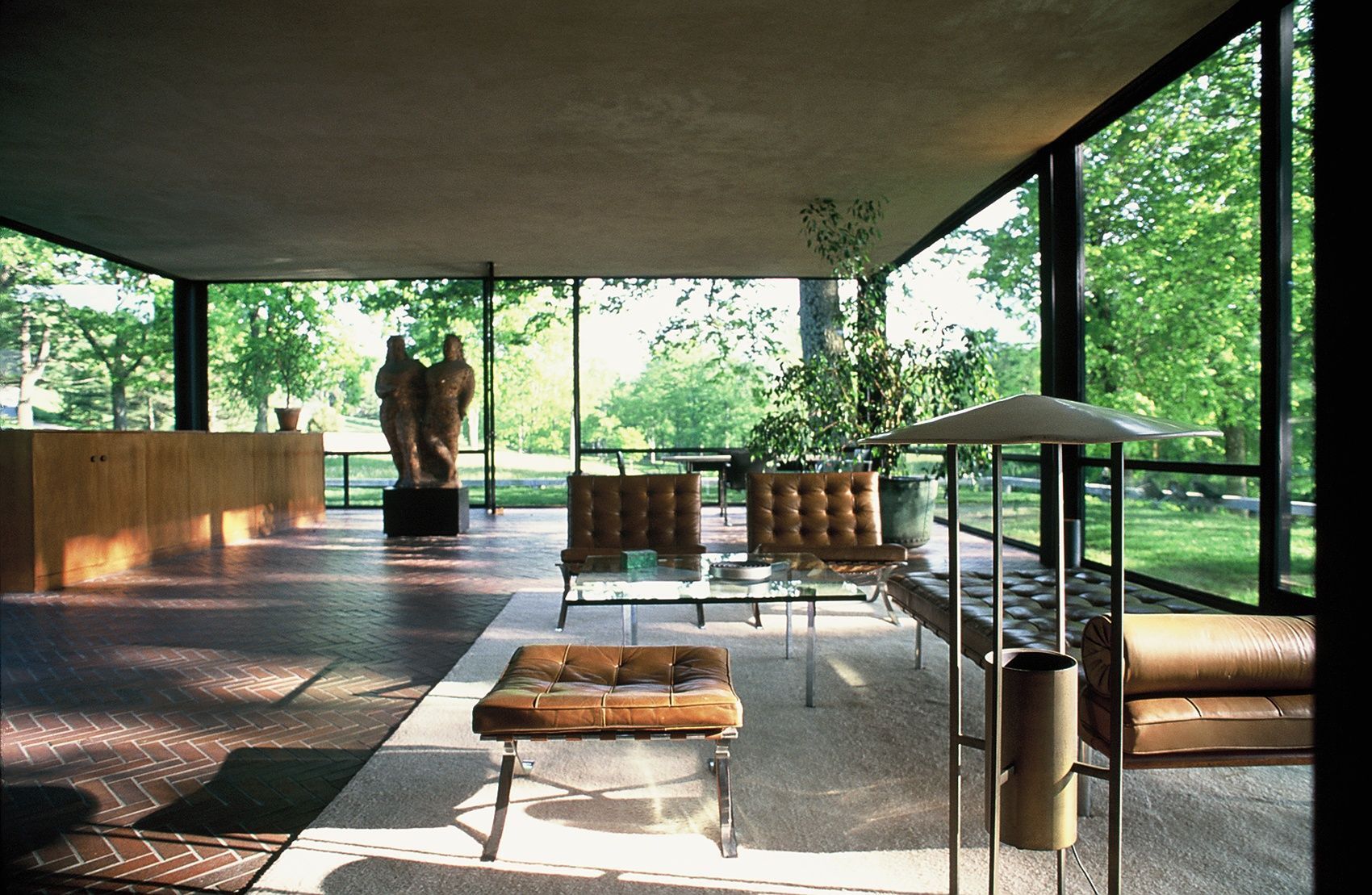
The Glass House by architect Philip Johnson in New Canaan, Connecticut.
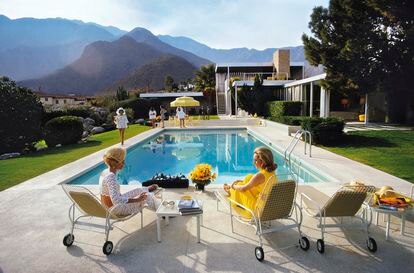
Kauffman House by architect Richard Neutra immortalized by Slim Aron’s 1970 photograph Poolside Gossip, a pop culture icon.
Neither limited by shape or form, the modernist movement somehow embraced the unusual and unexpected as elegant fashion.
An example of untethered architecture comes for the highly celebrated Palais Bulles or more commonly known as the Pierre Cardin House located in Theoule-sur-mer An unexpected design of optical curves and perspectives represents more harmonious living according to the the architect Antti Lovag.

Monsieur Pierre Cardin. Palais Bulles, Théoule sur Mer. The 15 May 2019. © Julio Piatti
Actually, Lovag considers spherical design more in alignment to our human nature because as she explains, “Straight lines” is an aggression to human nature as the circular range of motion produced by our bodies as well as our social behavior, social circles and cycles of life. Lovag’s philosophy similar to that of Antonio Gaudi who believed that straight lines do not exist in nature.

Also embracing curve lines is the Crescent house in Wiltshire designed by Make Architects.
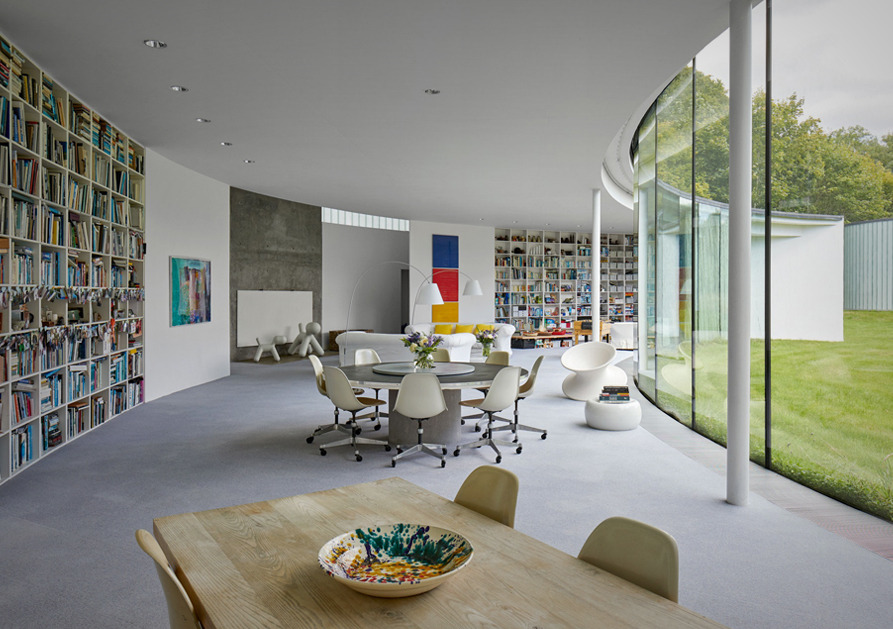
Here the home is made up of an inner crescent and outer crescent. The inner crescent has concave floor to ceilings windows that allow the home social area to connect completely with its outdoor garden surroundings. The bedrooms are in the outer crescent with a shielding solid wall protecting it from the adjacent road.
Architecture is an element of living that influences how we feel and perceive our external world. It is an understated influence that we often take for granted.
By spending time appreciating differing types of architecture that inspire different kinds of thoughts and concepts, we realign ourselves to the present moment in time in our humanity.
From that mindful perspective we can naturally ask ourselves, Where do we want to go next?
And who will that require us to become?















Côte d'Azur • London • Los Angeles • New York • Paris
Blooming Bold and Bright…Spring is here!
As we remove the heavy cloak of a winter in lockdown, the notion of spring slowly arrives into our consciousness.
After an unprecedented pandemic year of 2020, we are joyfully and gallantly stepping into spring with a bolder vibrant energy in our step!
Call it a new found appreciation or respect for life that perhaps many of us took for granted and from which we now carry a newly transformed expression of intentional optimism and gratitude.
Spring, a symbolic narrative
The vernal spring equinox, which lands on March 20th this year, is rooted in our ancient history that has stood the test of time with the symbolism of a new beginning. In fact, up until the 18th century in Europe it marked the start of the new astrological year during which time it was common for people to perform rituals to clear out old energy in both their homes and in their minds. Synonymous with what we call spring cleaning.
Since primitive cultures were more closely tied to the earth, the sun’s journey across the equator was the way in which ancient civilisations ran and built cities and grew crops. The spring equinox was a time of renewal, regeneration, and reproduction.
However, the deeper meaning that the vernal equinox bears is its intrinsic concept of balance, an equilibria as the amount of light during the day equals that of the darkness of night. Equinox derived from its latin root aequus (equal) and nox (night).
A symbolical narrative that is a part of our humanity through natural law.
An unfolding of natural phenomena

During the spring we witness the vivid transformation of nature in full bloom such as in Japan with the Cherry Blossoms (Sakura) which symbolise the transience of life.
Each natural event brings with it our interpretation of its inherent meaning and our relationship to it.
At the Mayan Chichen Itza dedicated to Kukulcán, the pyramid serves as a visual symbol of the day and night.

Thousands gather from around the world to see the the sun of the late afternoon create an illusion of a snake creeping slowly down the northern staircase and to receive Kukulcán’s blessing of a good harvest and good health.
While here in England you will find druids and pagans flocking to Stonehenge in Salisbury Plain to watch the sunrise of the spring equinox rise over the sarsen stone circle.

Historically, it was traditional to drink dandelion and burdock cordials during the spring equinox as these herbs were believed to help to cleanse the blood and serve as a good tonic for the body after its winter hardships.
In Great Britain and in Europe people celebrate spring with the Maypole Dance symbolising the sacred tree, plentiful crops, and fertility. While Christians and Jews celebrate religious traditions with Easter and Passover respectively.
Colourful Vitality
There is no question about the vibrant energies in the colours of spring.

Luxe Deco’s Reflections Copenhagen- Manhattan Vase
As we curate our homes to tell our new stories during this period of illumination, our eyes are naturally focused on things that evoke our desires for organic opulence and meaningful nostalgia.

Dedar’s KIKU COL.2 ÉTÉ

Our senses awaken to lavender blushes, lemon yellows, cinder rose and artichoke.

Royal Stranger’s Beelicious Chair
Our minds connect to spring through the pigments and stains of blooming flowers and budding trees, while the luminosity of the sun gives us the impression that someone just turned on the lights because everything appears to be in living colour again.

Casa Design’s Blow Side Tables
A couplet of Emily Dickinson’s poem A Light in Spring always ruminates through my mind at the beginning of each spring, serving as an inspiration to this unique time of the year.
A Light exists in Spring
Not present on the Year
At any other period —
When March is scarcely hereA Colour stands abroad
On Solitary Fields
That Science cannot overtake
But Human Nature feels.
Spring is more than just spring cleaning and redecorating, is about honouring a moment in our humanity as a humanity.
It’s a time to reset our tone, recreate, rediscover, bring clarity to our intentions, and begin a new story with new energy and purpose. A moment to shift our perspective and attitudes to serve our evolutionary advantage.
A new start that is bright and bold. Spring is here!















Côte d'Azur • London • Los Angeles • New York • Paris
A Renaissance Of Honest And Authentic Interiors
As the headlines of a frustrated world dominate the media, our usual ways of daily living have essentially been invited into a new forum of thought that questions our values and challenges our responsibilities and socio-cultural mores.
The trendy “new normal” phrase presented itself and became a popular visitor in our conversations and media in 2020. While the pandemic served as an impetus to take a more serious look at our physical health, climate change has steered us to adopt a new perspective about our lifestyles in a modern society of fast consumerism. An awareness of sustainability that slowly and consistently bubbled to the surface and finally entered our consciousness.

The result…a renaissance of repurposing, upcycling and recycling as one of the biggest current movements in the retail, fashion and interior design industry. The birth of a new age, the Kindness Economy.
In an article by Forbes, ‘Upcycling Your Way To Sustainability’ consumers are now looking for products whose sustainability attributes align with their lifestyle and values. This is exactly what resonates with British renown retail matriarch Mary Portas, who is actively engaged in redressing and integrating concepts of the Kindness Economy into London’s retail neighbourhoods such as High Street. For Portas, people are consciously shifting from a ‘buying from’ to a ‘buying into’ mentality which is based on the brands that connect with our values. She has coined this shift as Status Sentience.
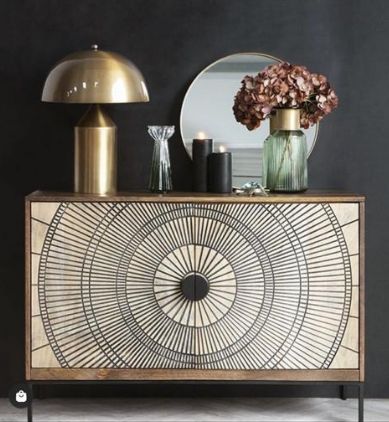
In fact, people are now holding brands and companies to a higher sustainability standard. Vogue fashion magazine is also embracing the repurposed era as fashion designers are now focusing their creative energies to the design of unique upcycled pieces from unsold overstock.
This new era of an eco-conscious mindset has an inherent dimension that it carries because it transports us back to our roots, addressing and questioning our basic human tenets of our livelihoods, physical, emotional and mental well being. An era of intentionality through mindful choices.
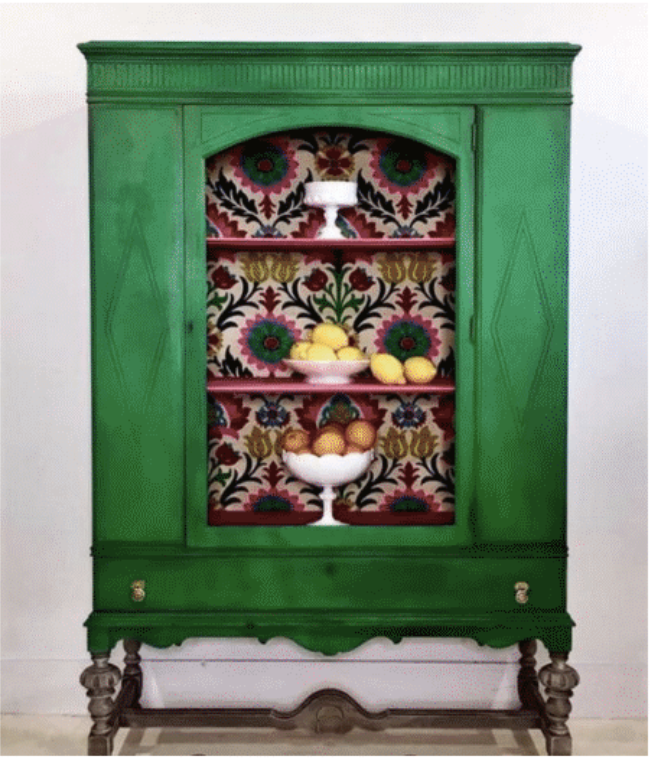
Historically, vintage heirlooms and furniture pieces were symbols of class, especially in traditional English homes. Even with the shades of their faded patinas from their storied past, these unique pieces of character were never thrown out but instead reused or repurposed.
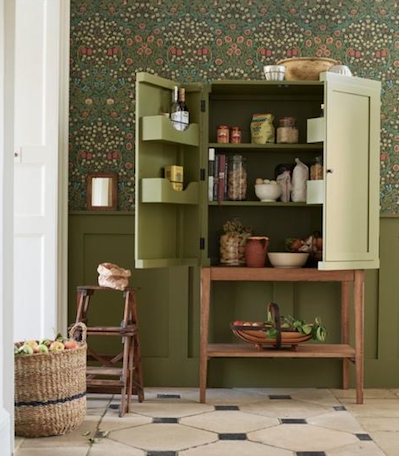
Mixing old with new is a great way to repurpose vintage pieces.
As society and innovation evolved, the simple path of living diverged into a fast paced boulevard where novelty sped the fast lane leaving tradition behind in the dust. Time and money served as the driving forces for buying fast, short-lived mass produced items where quality took the backseat and convenience took the front.
Yet it is in our traditions where our principles are rooted. And so by taking the inward journey, emotional nostalgia transports us back to remind us of what sincerely makes us feel good, loved and secure.

Headboards, night tables and lighting are great finds to easily upcycle.
When it comes to interior design, this means answering a new call to design and craft spaces that cultivate kindness. A space that is authentic and honest honouring the uniqueness of its inhabitants and the spirit of where they came from.
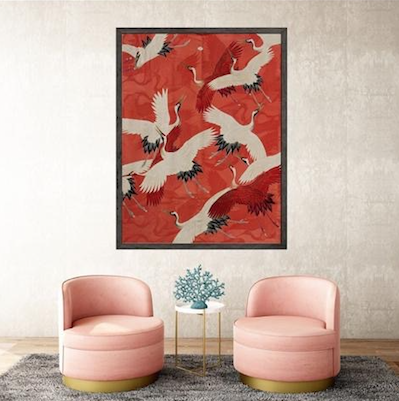
Look to your communities to locally source vintage art.
The Sanskrit word Metta has the meaning of benevolence, loving-kindness, friendliness, amity, good will, and active interest in others. A spiritual practice that is renown for illuminating our inner integrity.
“We can open to everything with the healing force of love. When we feel love, our mind is expansive and open enough to include the entirety of life in full awareness, both its pleasures and its pains.”- Sharon Salzburg, Loving Kindness
These aspects are what the team of designers at Callender Howorth are currently tasked with as we set out to remodel the 10 cottages at Broughton Hall Estates in Yorkshire, a sprawling countryside sanctuary and wellness retreat.
This inspiring purpose-led project will be up-cycling some of Broughton Hall’s relics as well as locally sourcing pieces to repurpose.

A holistic collaboration of honest, sustainable materials, thoughtful patterns and textiles, emotional colours and inspirational art and decor will comprise a soulful final edit that breathes and reflects Broughton Hall’s philosophy of a new humanity.
A humanity that is mindful of our personal interconnectedness to the harmony of nature and to our divine selves by offering a serene and spiritual place to renew, recover and shift the fundamental energies of our personal, societal and environmental values.
A place that serves us to illuminate our inner integrity and where we are inspired to become a part of a new Kindness Economy.















Côte d'Azur • London • Los Angeles • New York • Paris
Revisiting the January Blues
The January Blues…the infamous period after the rush of the holiday season that bestows upon us moments of nostalgia and temporary sadness.
Rooted from the usual suspects of spending quality time with loved ones or their absence, our sluggish bodies recovering from the aftermath of sinfully rich holiday meals and spirits, while the prospect of new years resolutions loom over us.
And of course the sigh of getting back to work after holiday rest.
No wonder we feel blue! While the good news is that it is not a lasting condition, we do acknowledge the weight that the January Blues can carry on our emotions.
But why Blue?
The concept of identifying our moods around the colour blue is quite interesting.
Donned one of the most favourite colours in the world normally because of the sea and sky, blue psychologically offers a feeling of serenity and calmness.
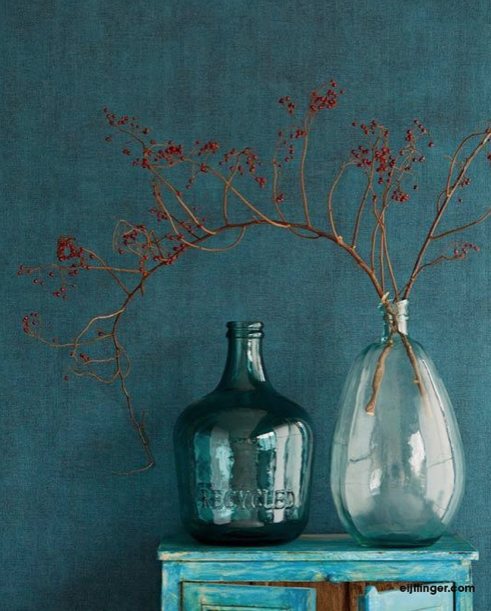
It can foster feelings of tradition and conservative esteem, and curiously can boost our productivity as well as bringing down our heart rate.
Blue’s non-threatening nature gives us a sense of stability.

And yet, while blue can subconsciously prompt us with feelings of appreciation and beauty, its paradoxical emotions of sadness and aloofness are just as deliberate.
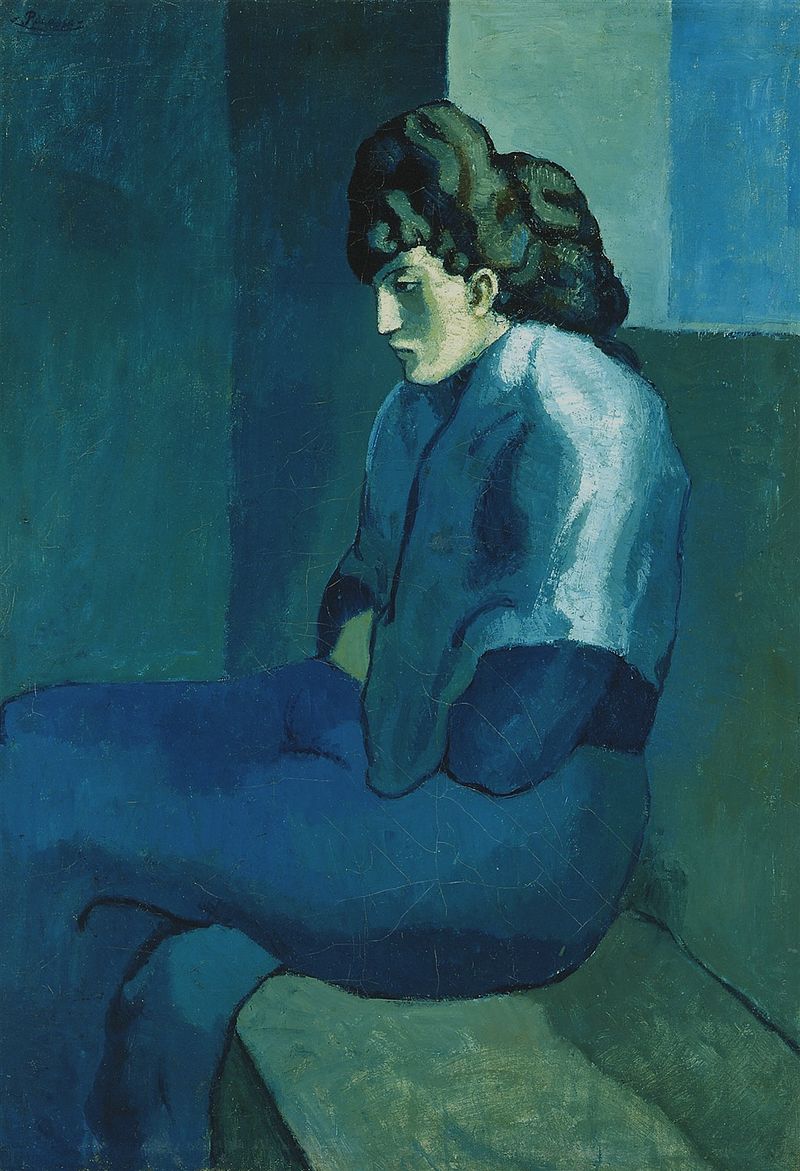
Femme Assise by Pablo Picasso 1902-1903.
The gloomy and monochromatic blues that pervaded Pablo Picasso’s works during his blue period from 1901-1903, carried melancholic themes of despair and loneliness.
And just like the cliche of the starving artist, Picasso became poor because no one wanted to buy his depressing works of societal anguish for their homes.
Curiously, according to historians, the colour blue is not mentioned at all in the Greek texts. Scientists have even formulated the theory that perhaps blue wasn’t even colour seen by early humans. In the ancient greek poem the Odyssey, Homer actually references the sea as “wine dark”.
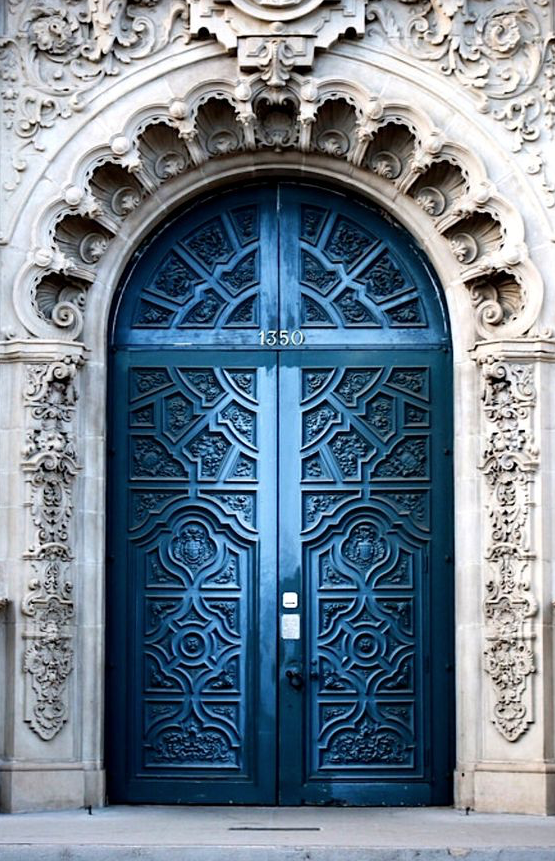
The iconic blue doors of Morocco.
Culturally, colours are not universal in the feelings they invoke or how they are perceived.
For the Moroccan culture, the colour blue serves a more functional purpose for reducing the heat and mosquitos as in the case of the blue village of Chefchaouen which eventually led to its becoming an iconic destination for their inspiring ethnic tones of blue.
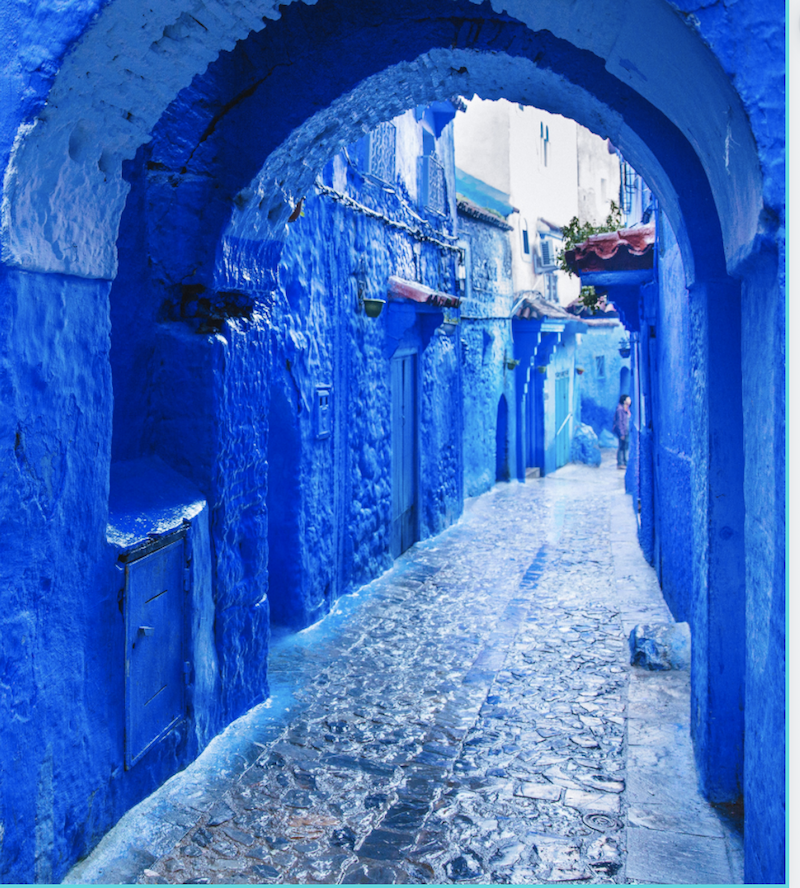
Chefchaouen, Morocco
As we revisit the concept of the January Blues, we find the inspiration to redefine its compelling artistic notions that embrace us not only with its beauty, but moreover with the earnest emotions of composure and peace of mind.

Blue marble used in the kitchen at Heath Drive project by Callender Howorth
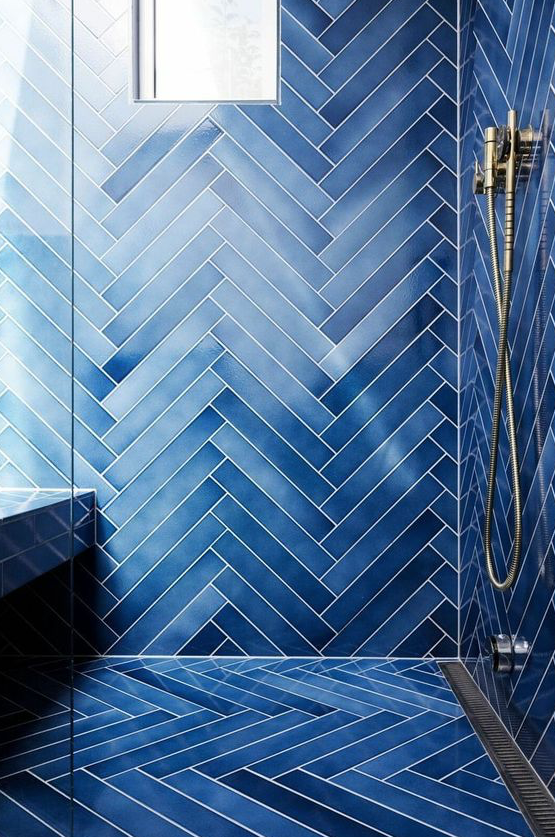
In the depth of its hues, lies the quietude and tranquility we desire.

The Blow Away Vase by Moooi. A classic Royal Blue Delft porcelain vase. “The beauty of the vase lays in the fact that it is bent and not defeated.”
The January Blues are then a catalyst that serves us as a reminder of our ability to shift our focus to a different perspective imbued with affirmative sincerity in all its forms.
The narrative given by Moooi for the beauty of the Blow Away Vase best illustrates this lesson especially during these times of, “being bent, not defeated”.
Here are some of favourite Blue decor selections from our suppliers:
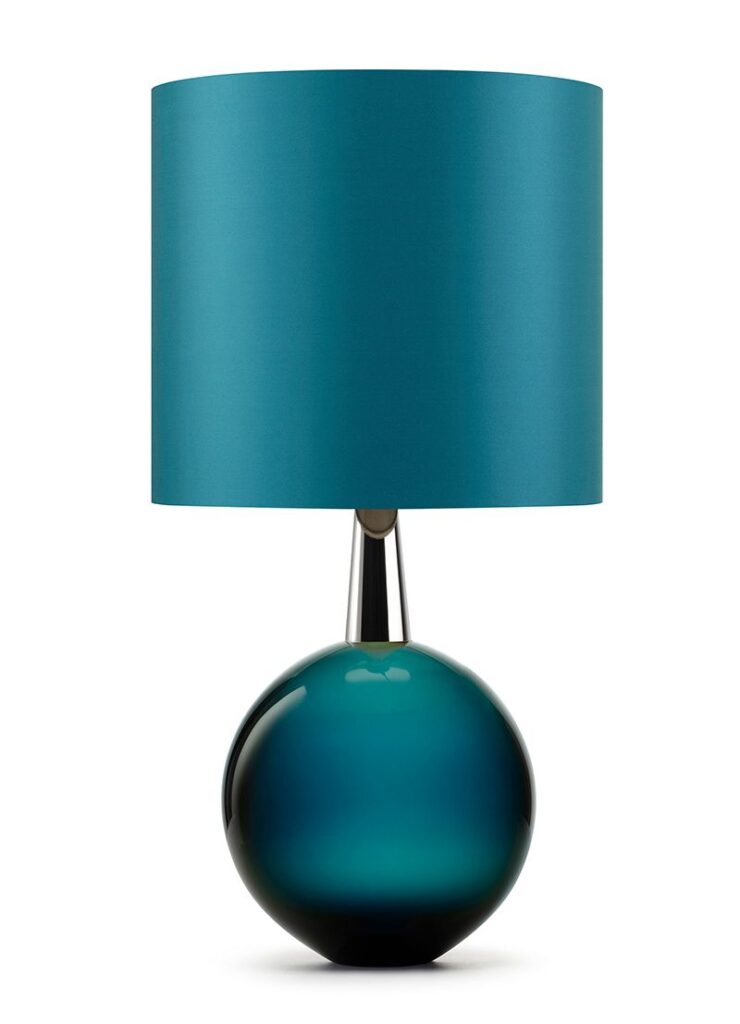
Bishop Lamp Azure with Brass Collar from Porta Romana
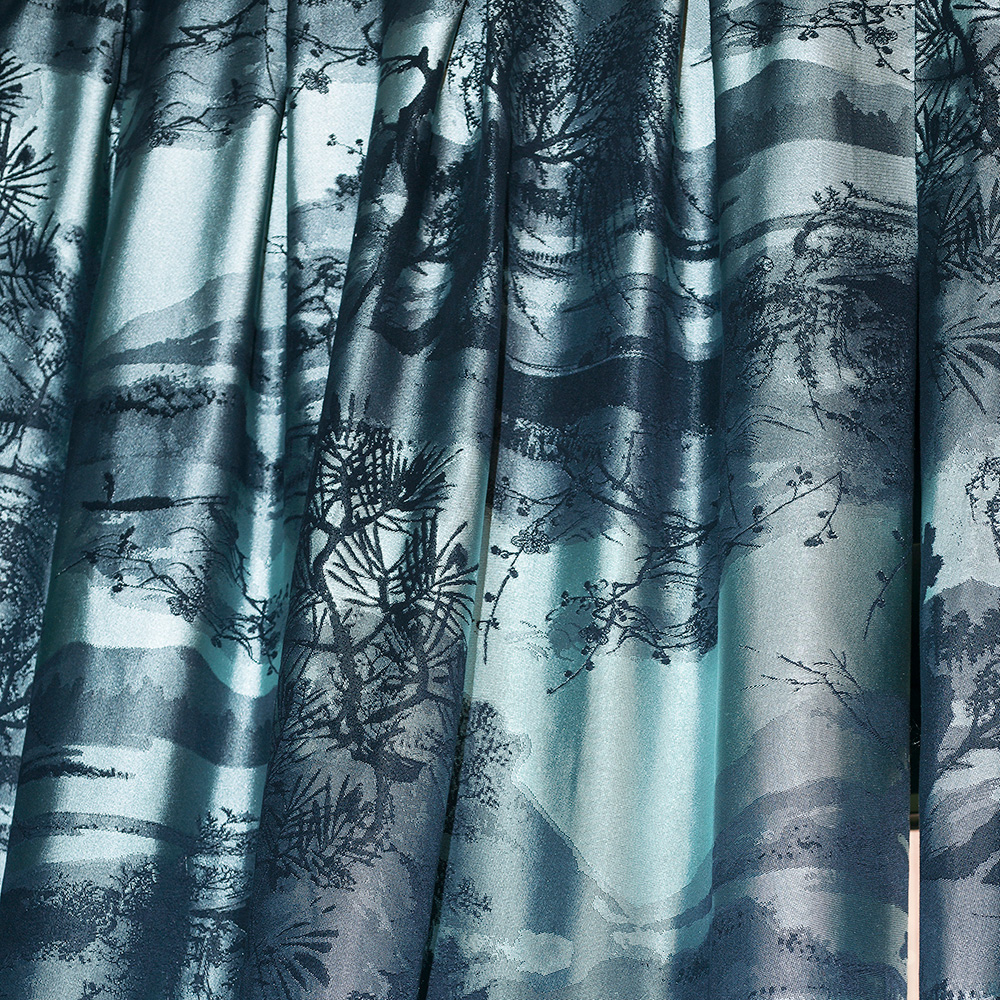
A Contre Jour by Dedar Milano
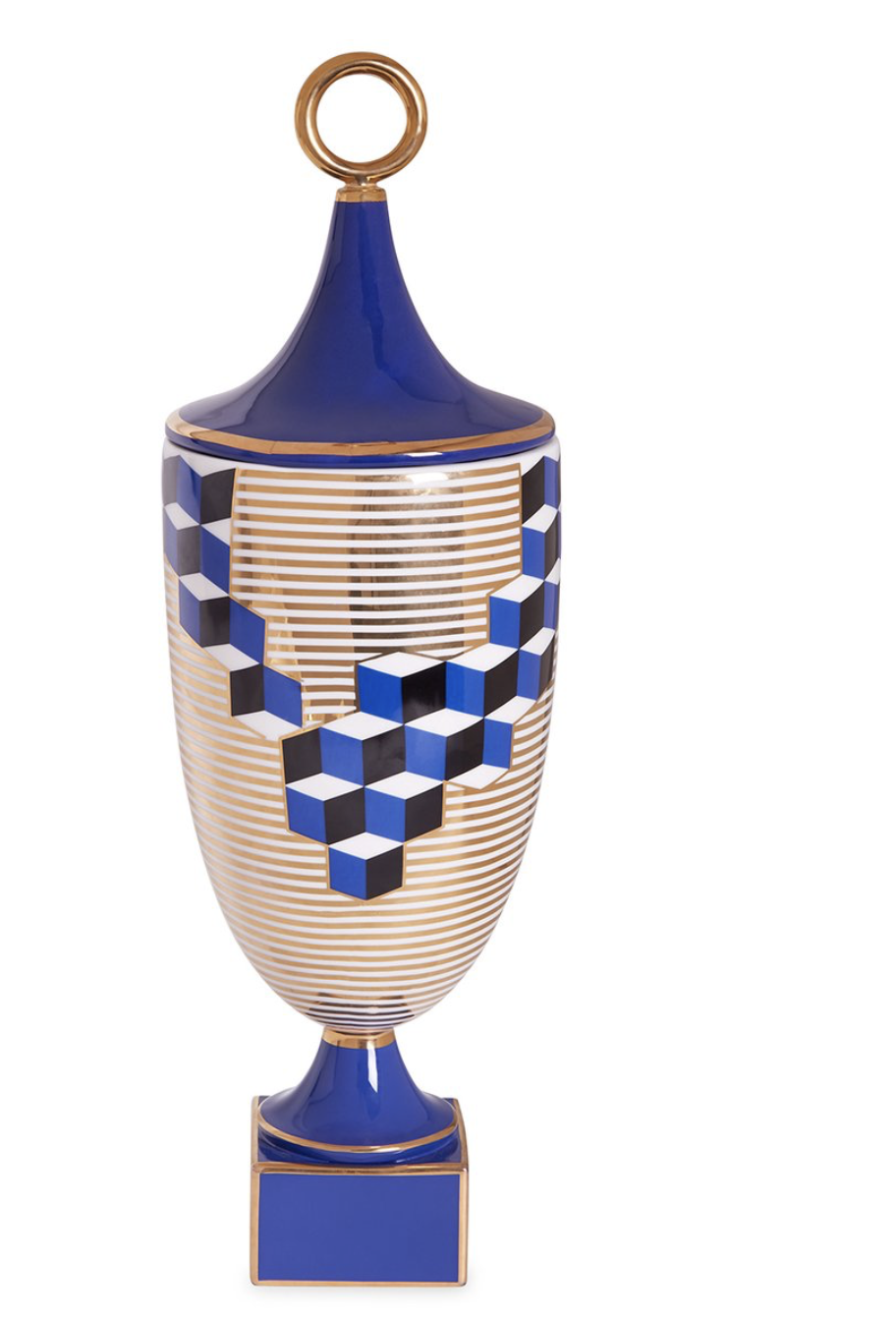
Versailles Cube Urn from Jonathan Adler

Algebra from Lolli e Memmoli

Couture Round Wall Mirror designed by Lorenza Bozzoli for Artemest
Luxury Interior Designers & Architects in London
Callender Howorth © 1997-2026
